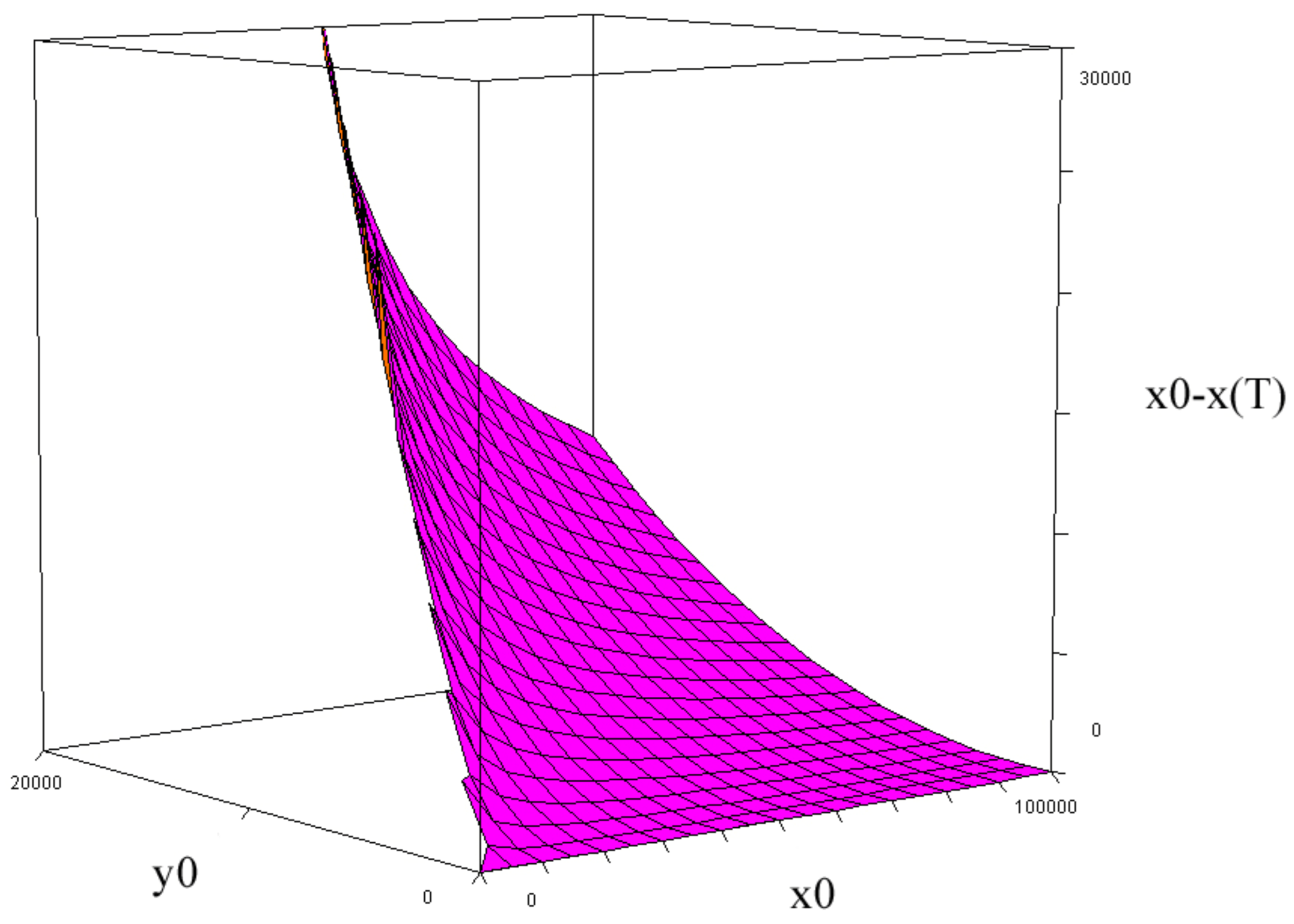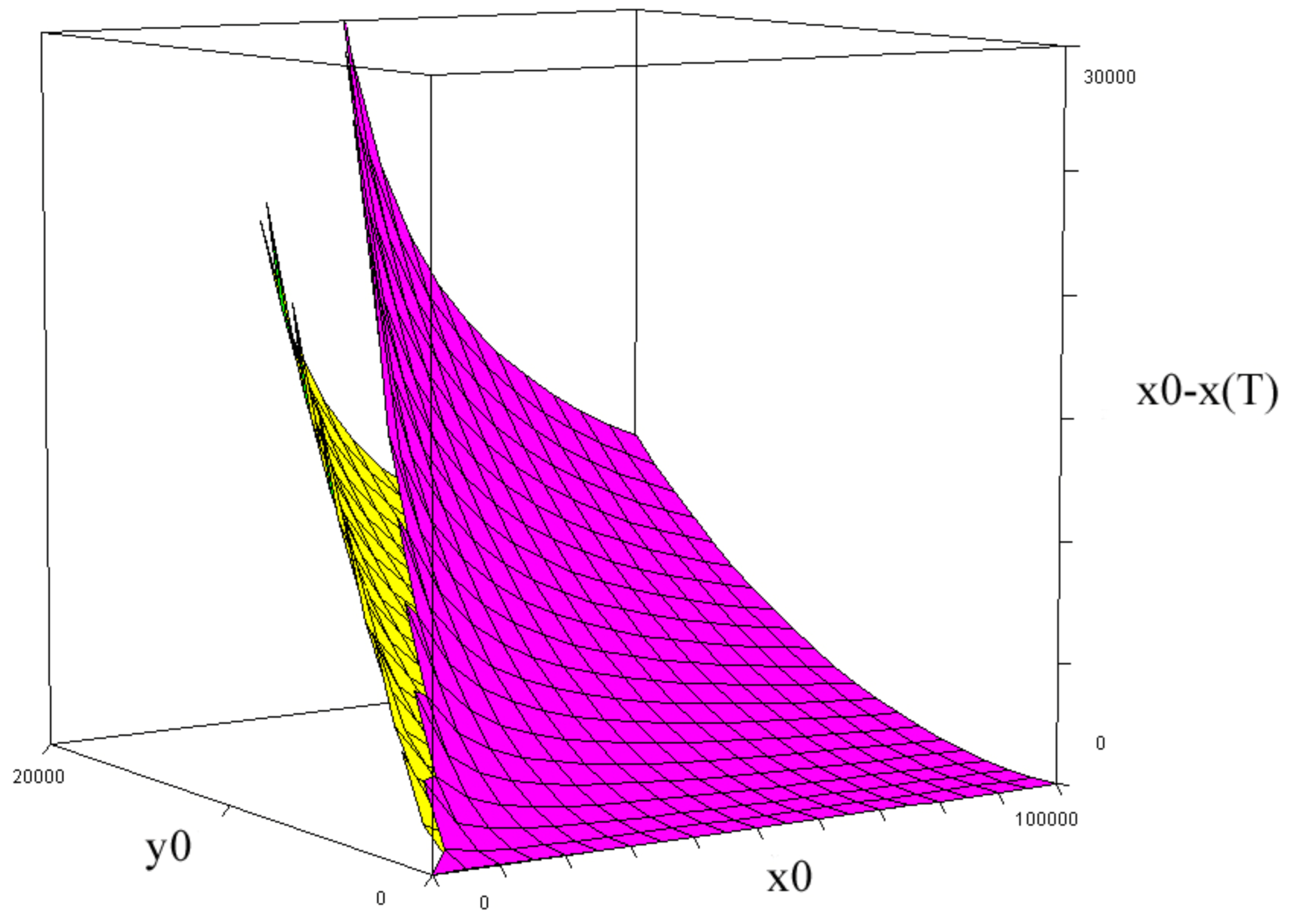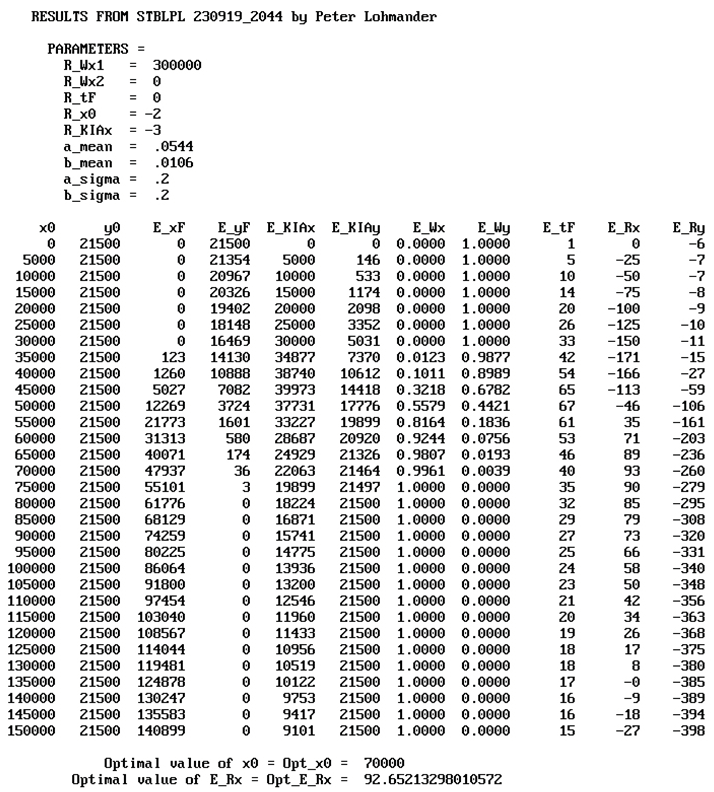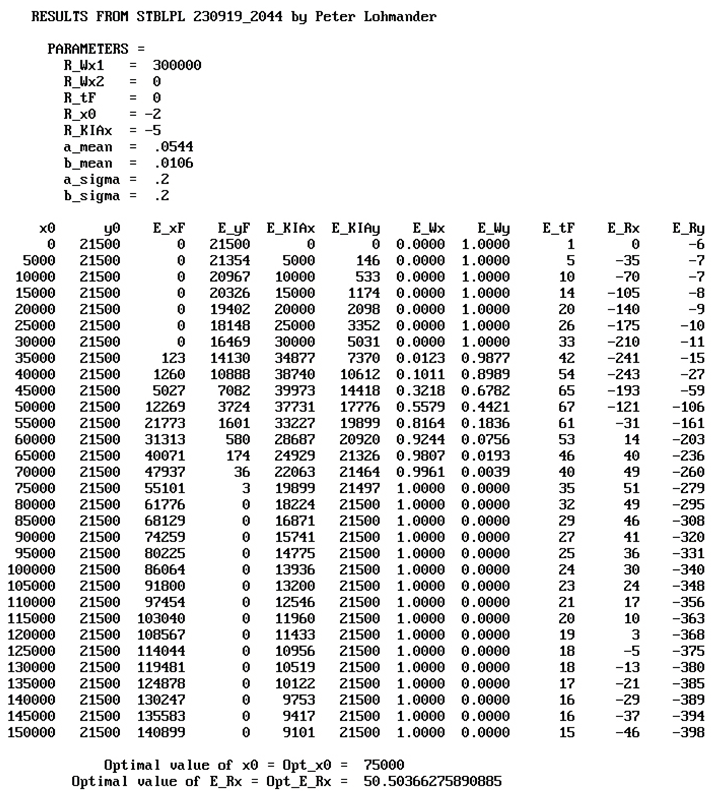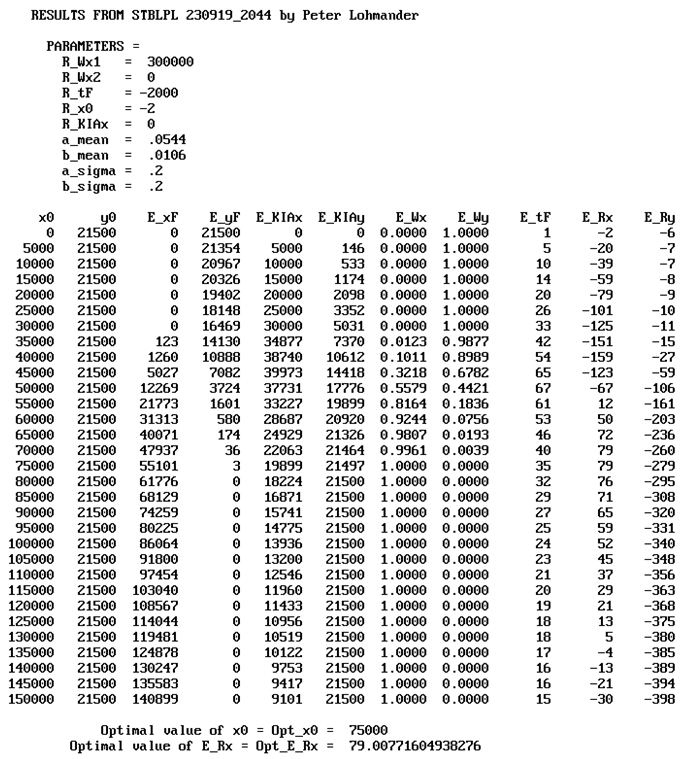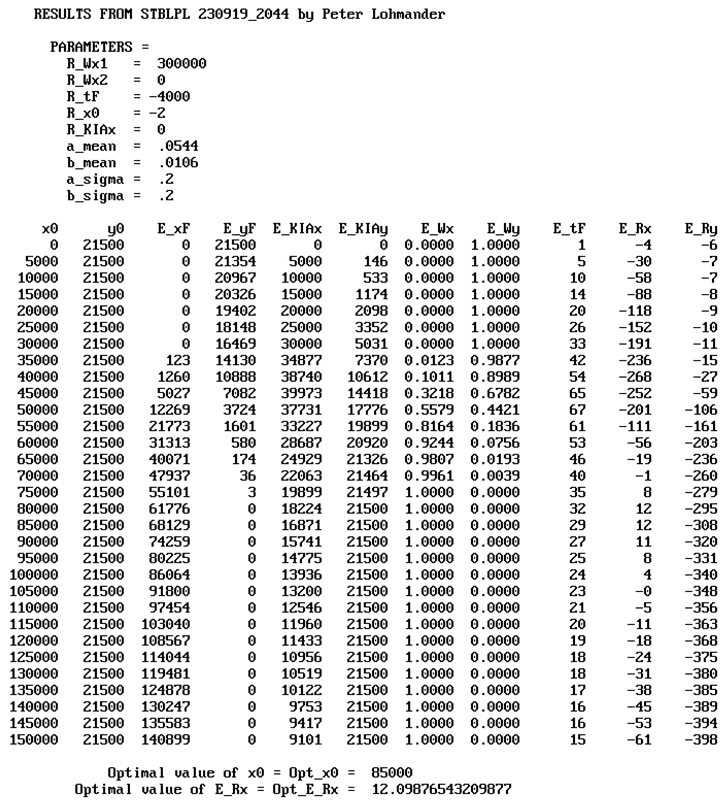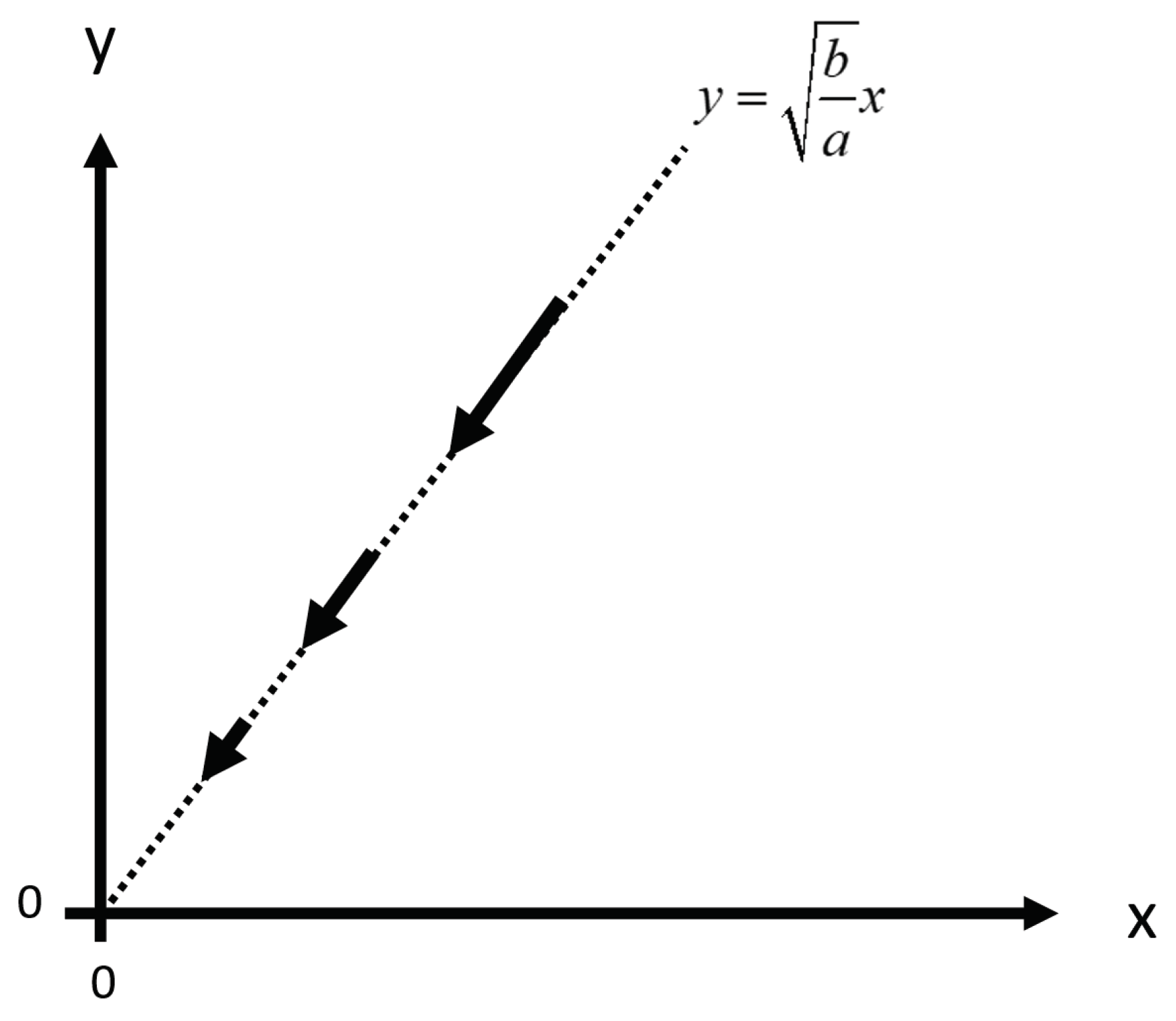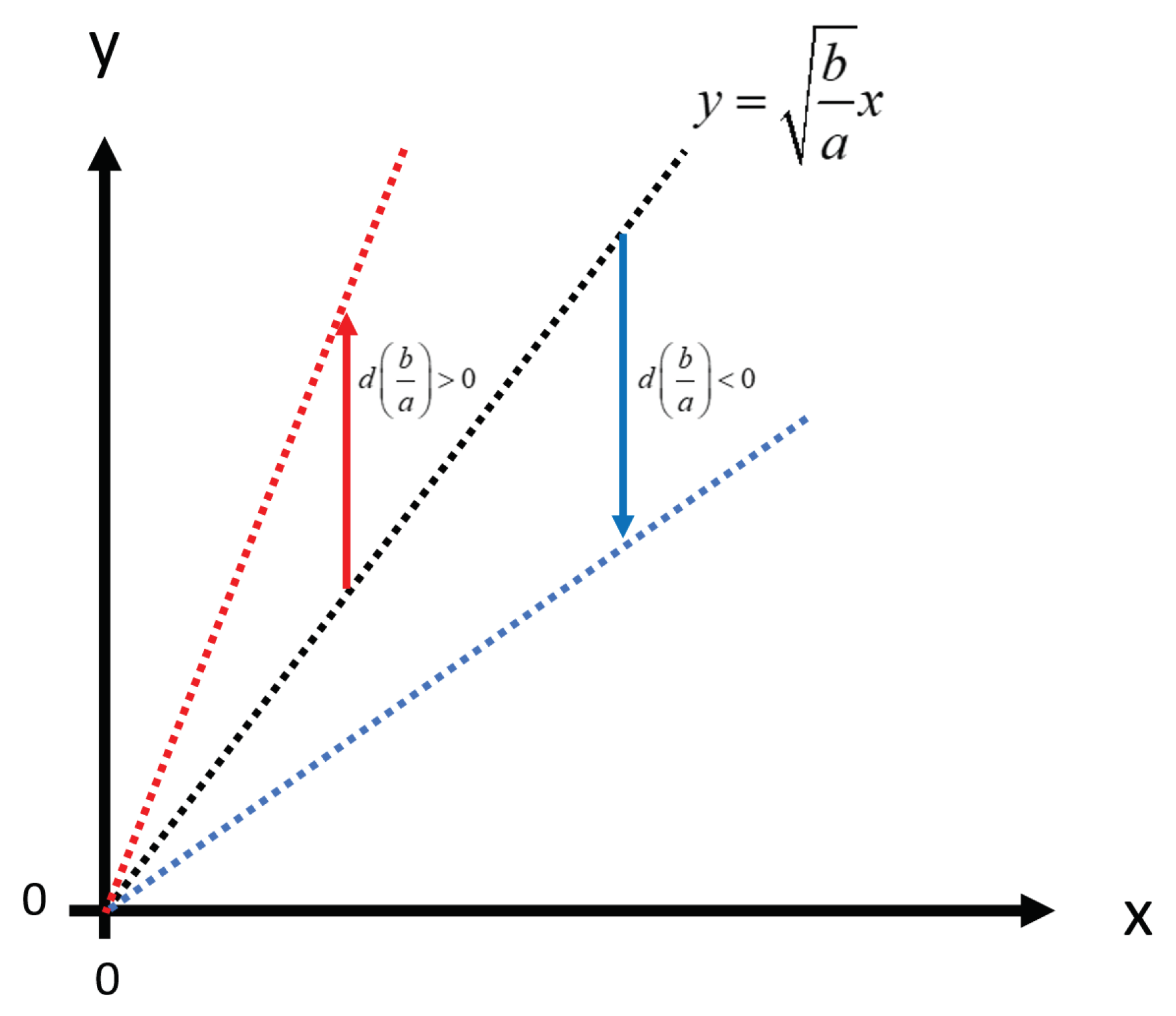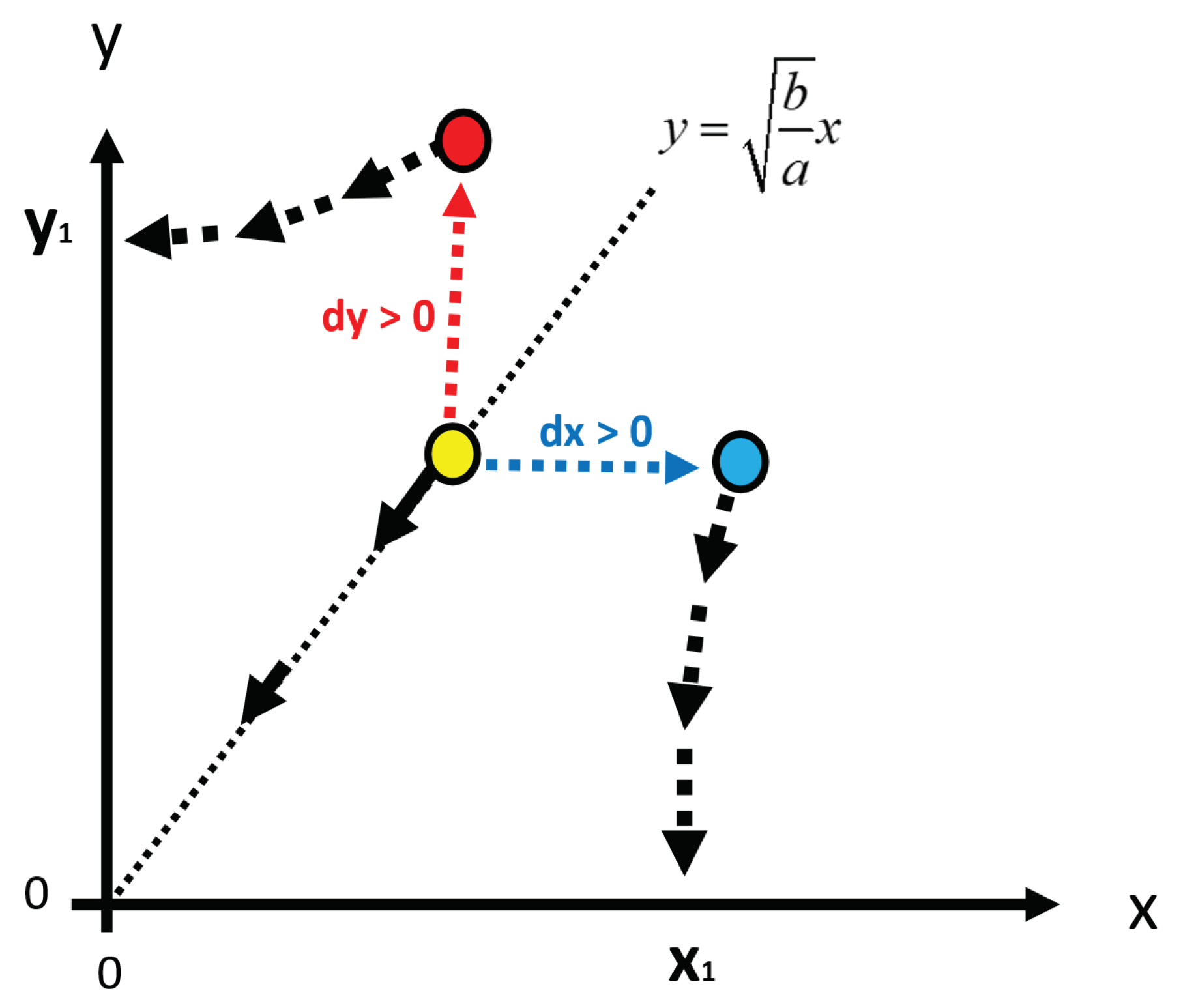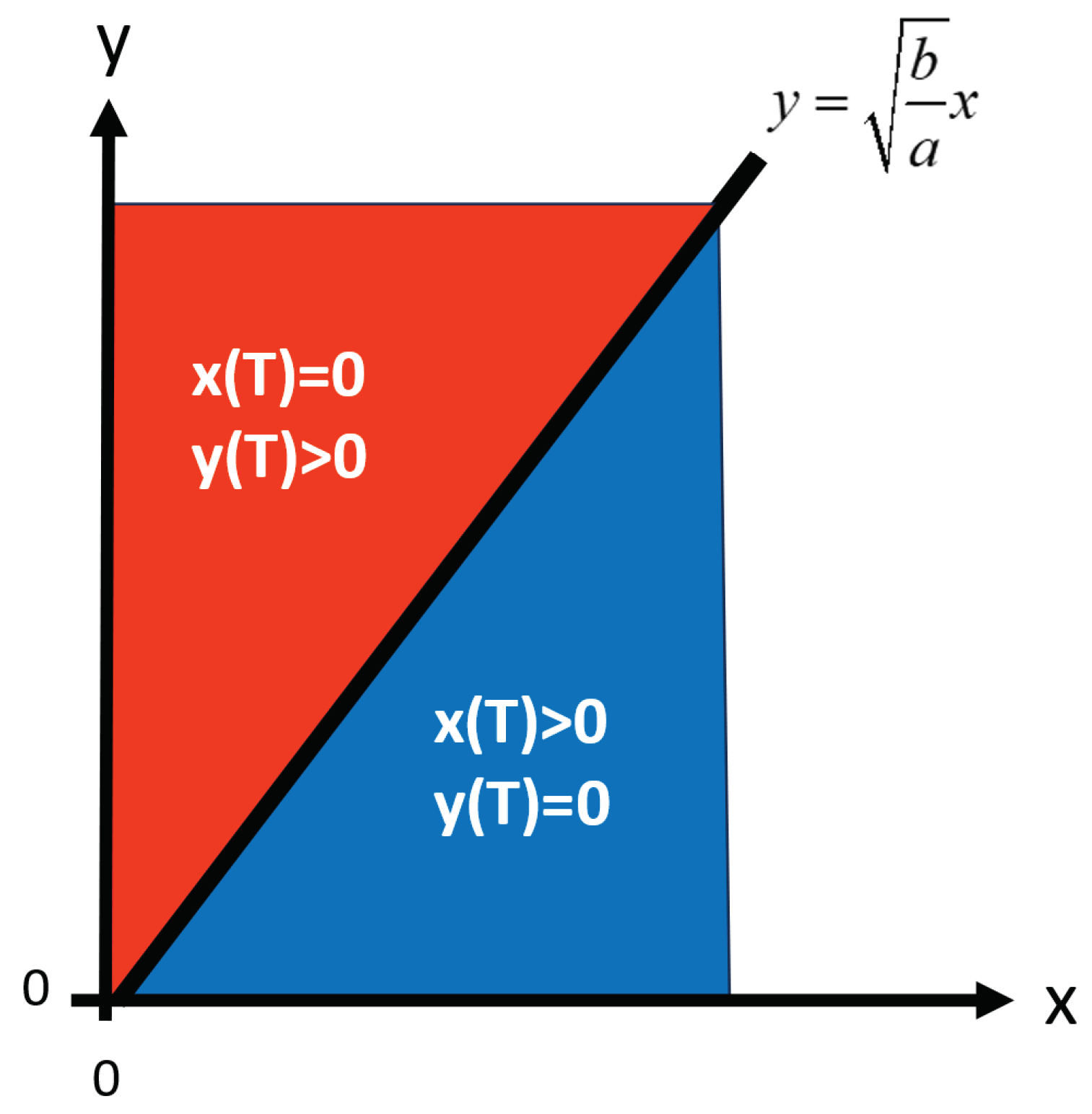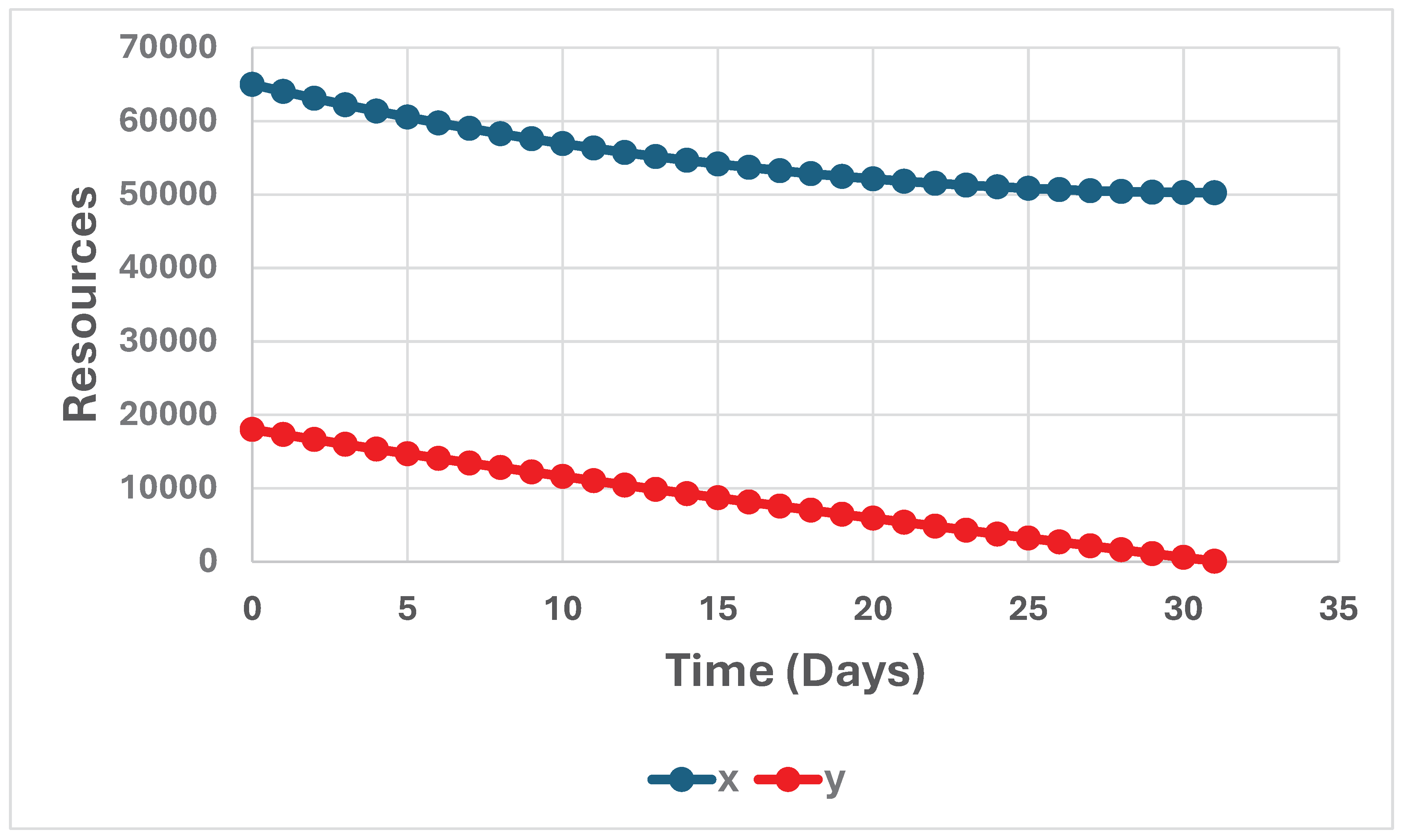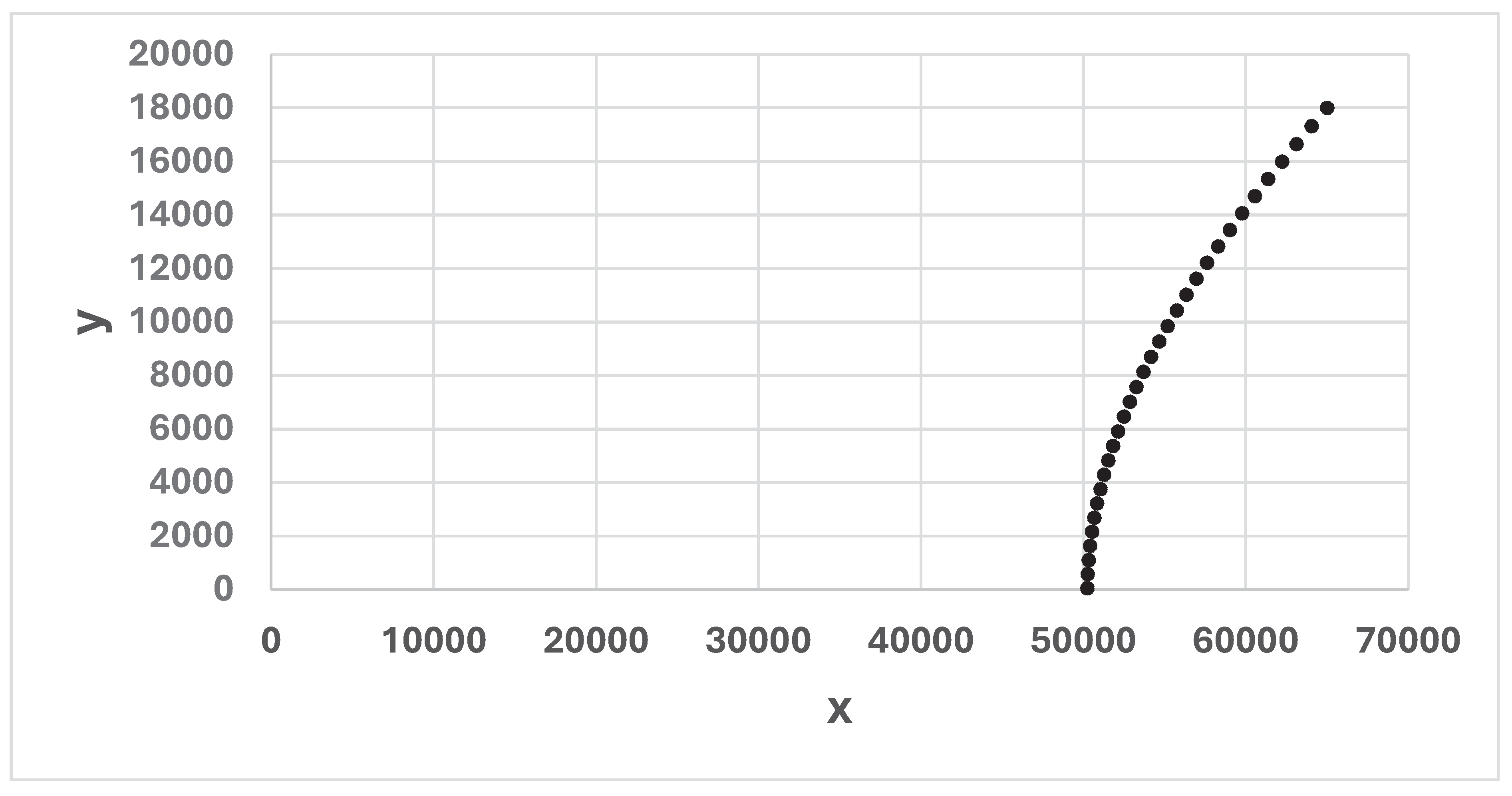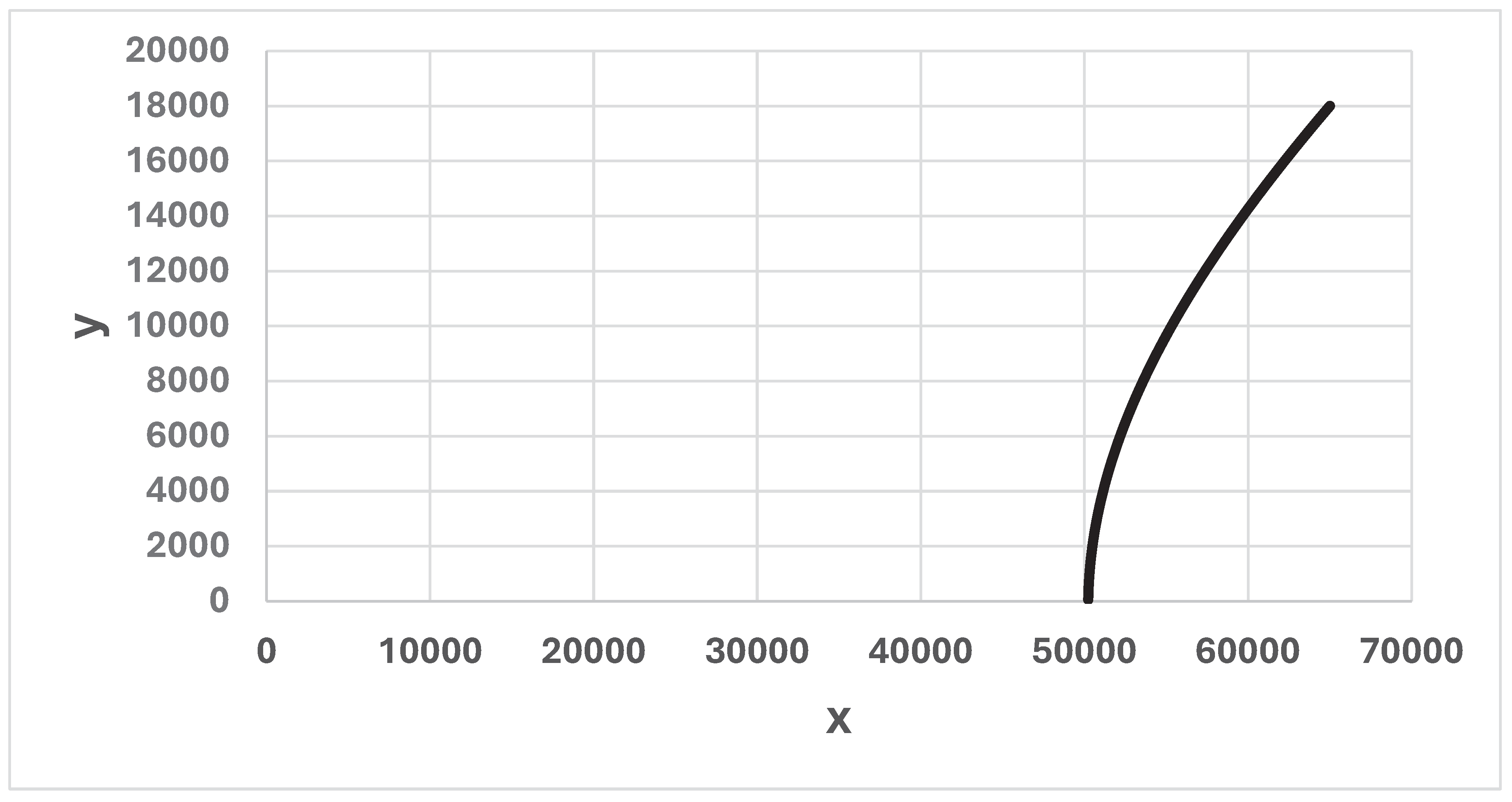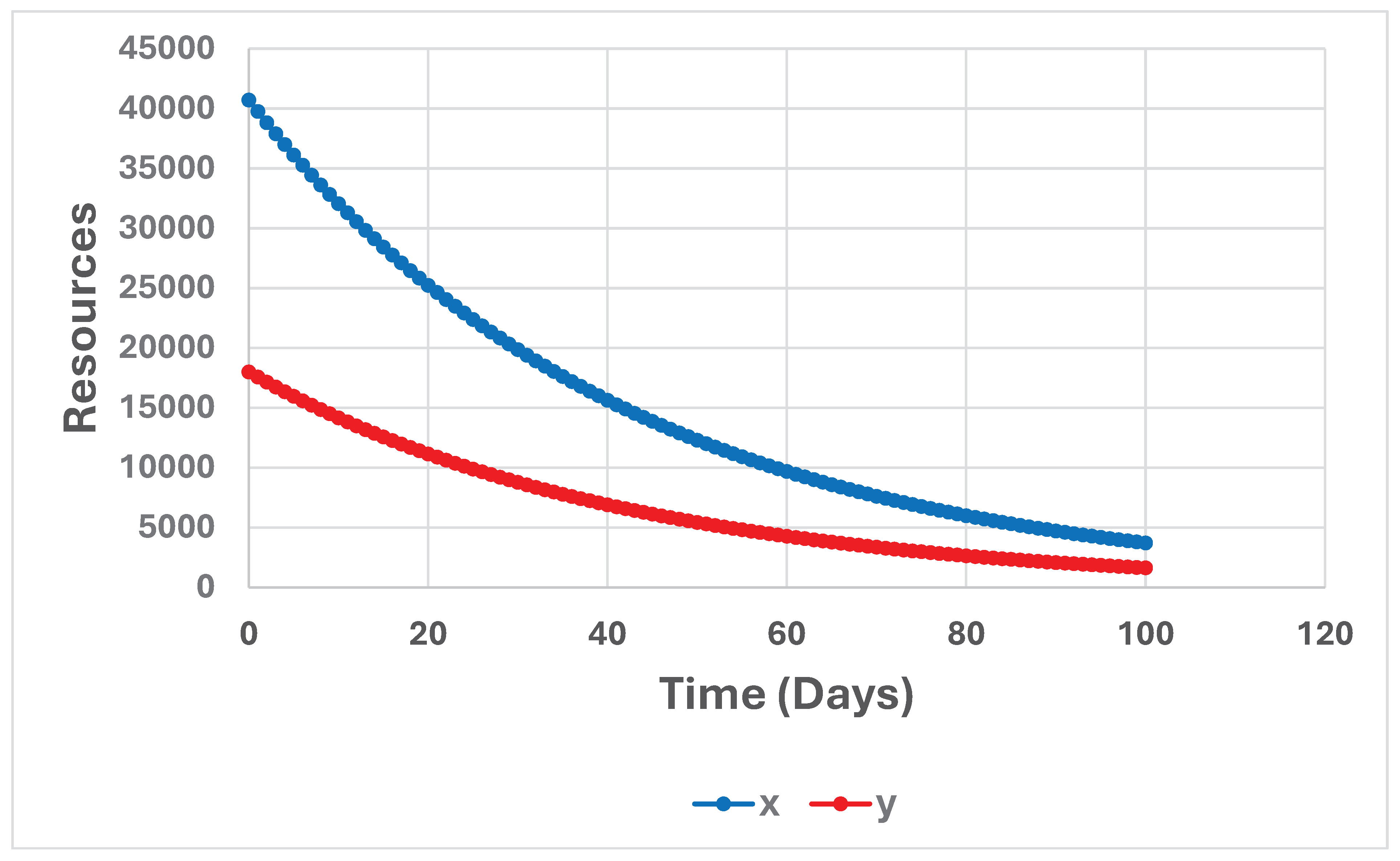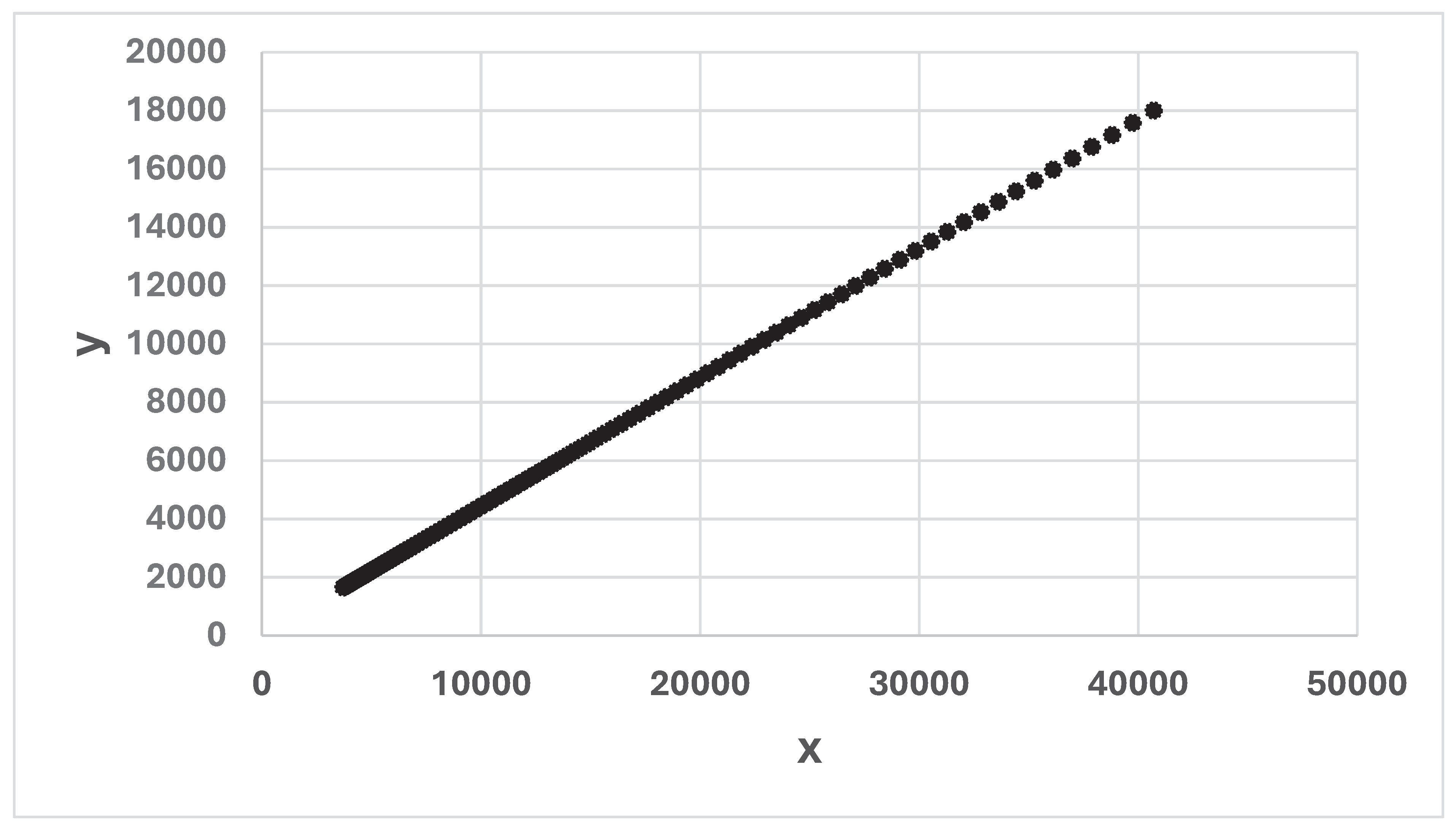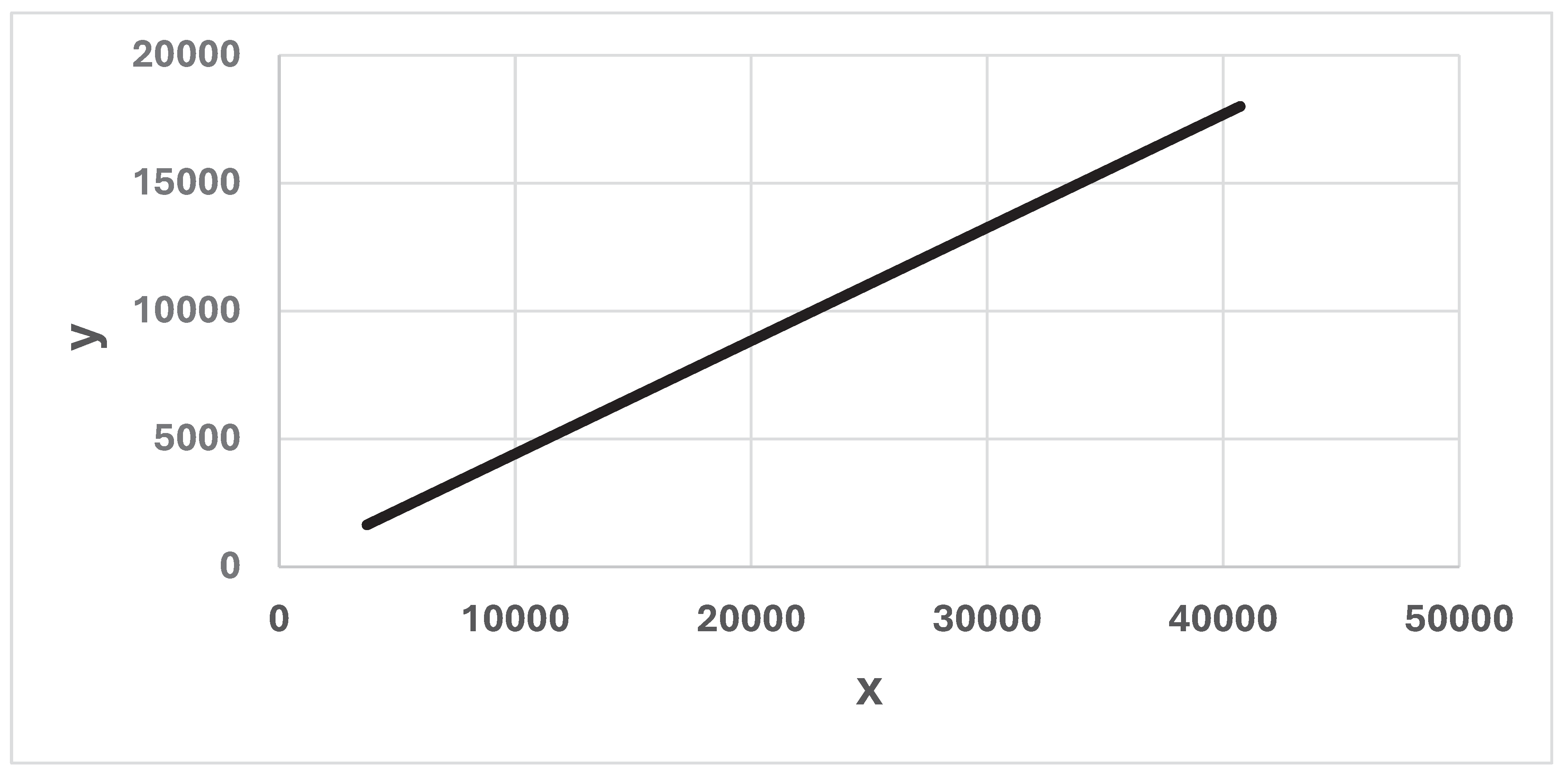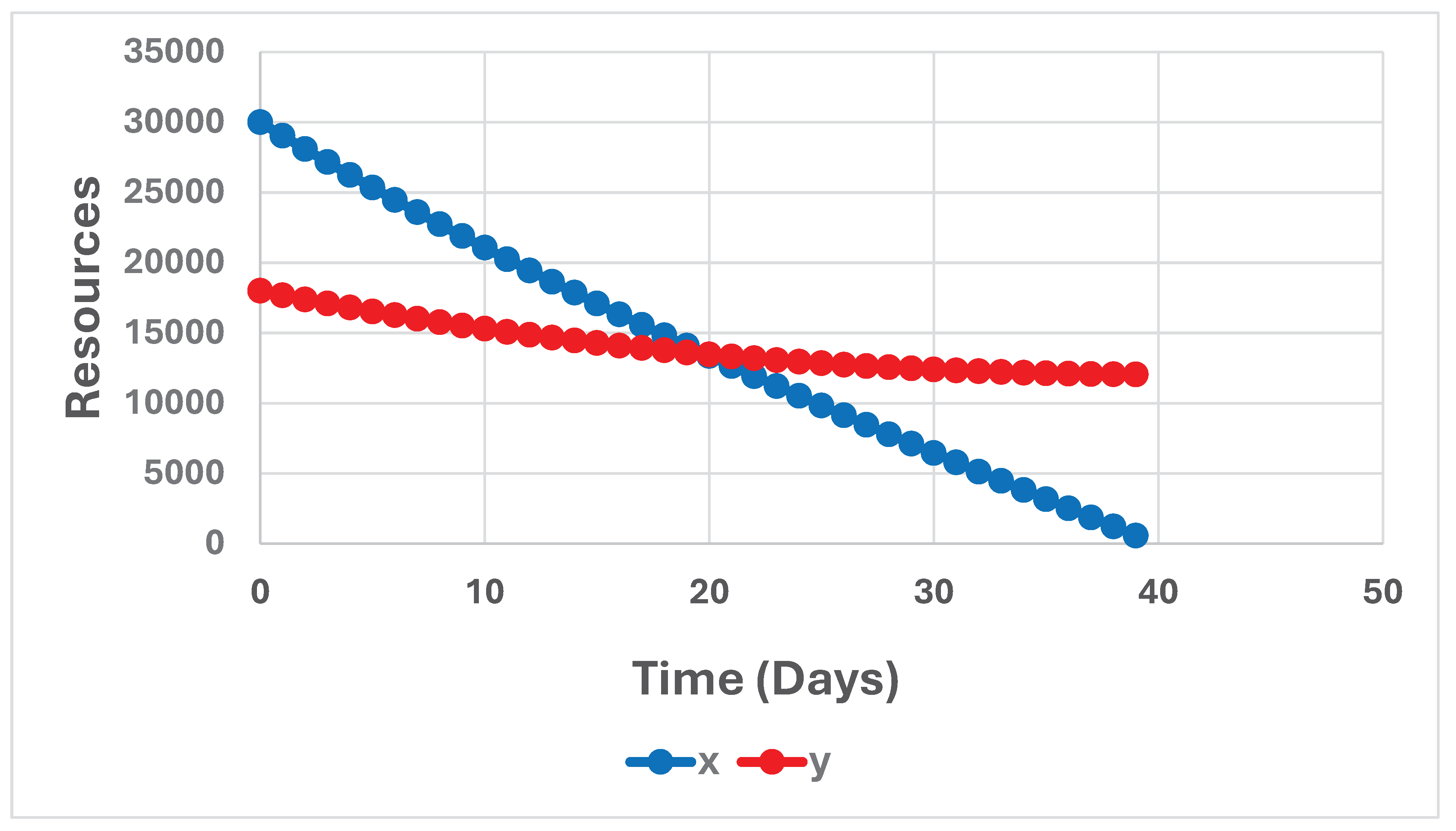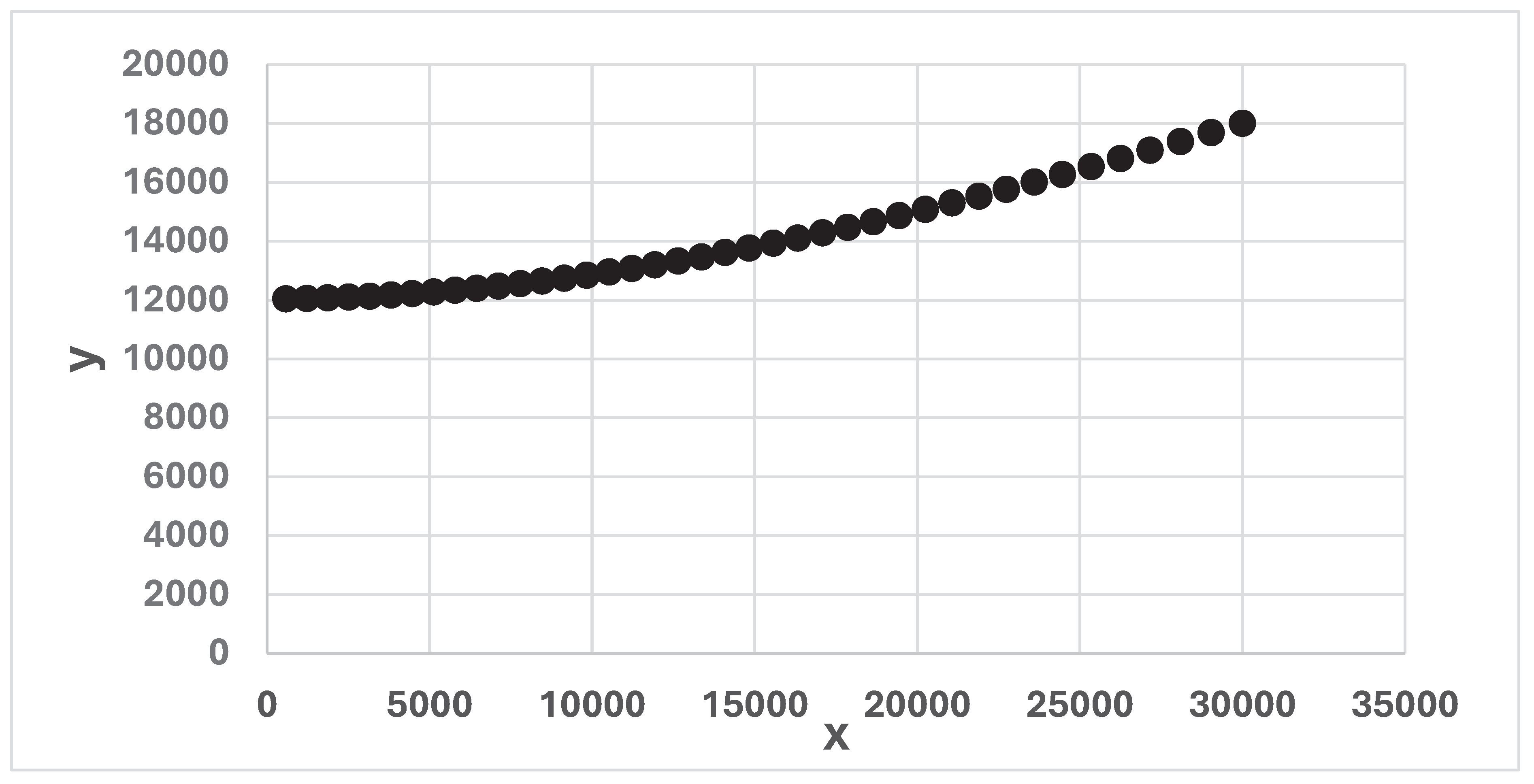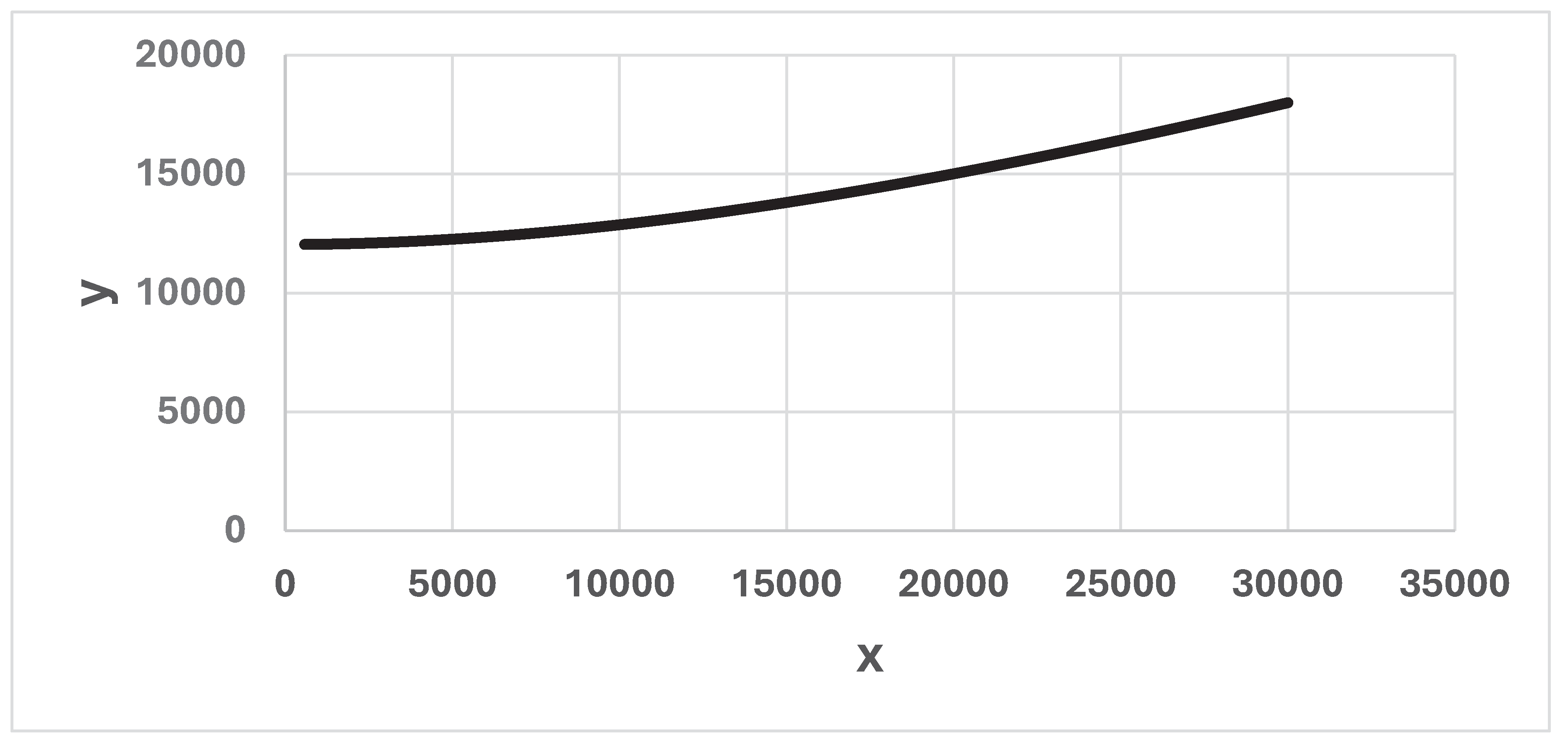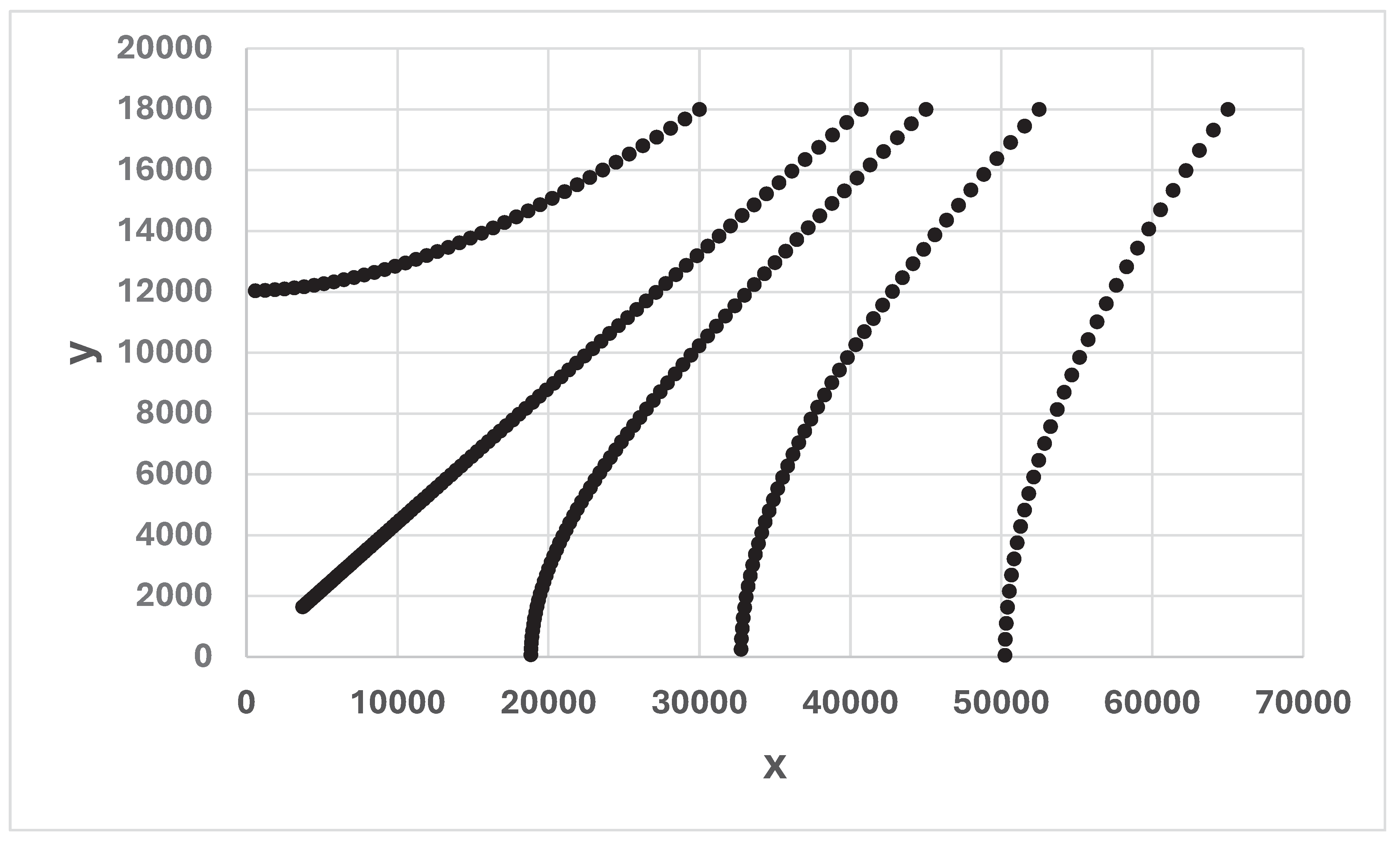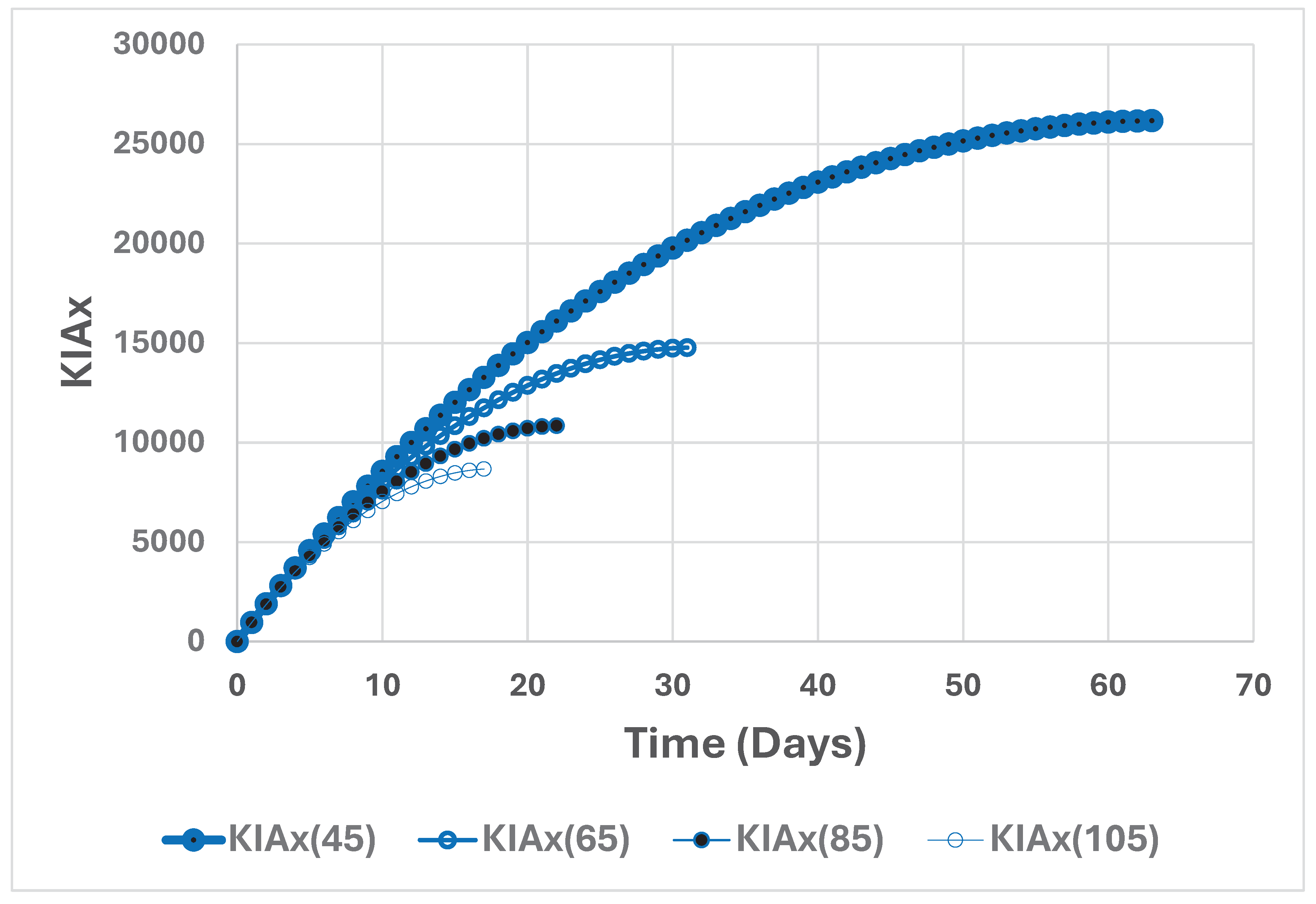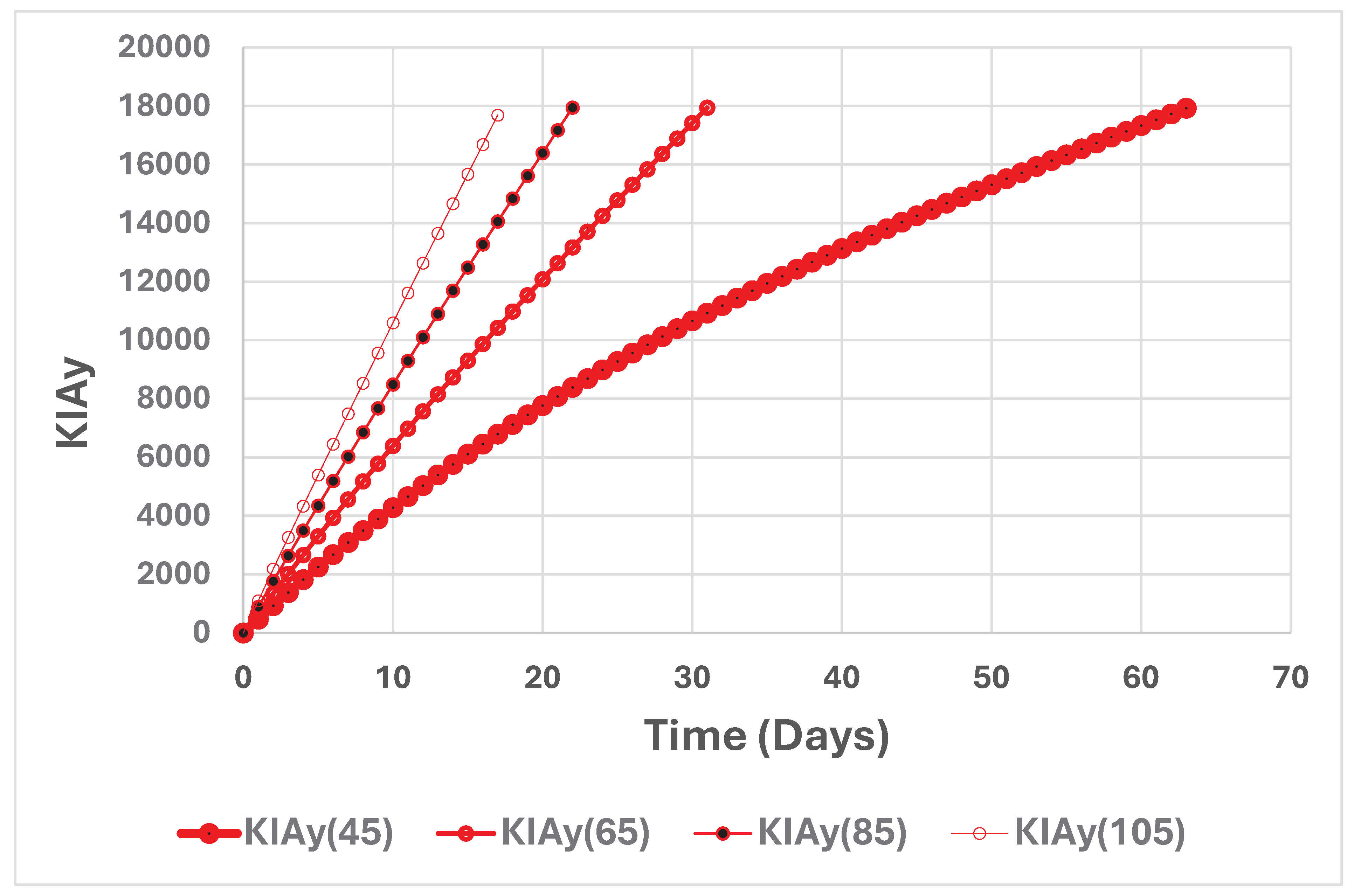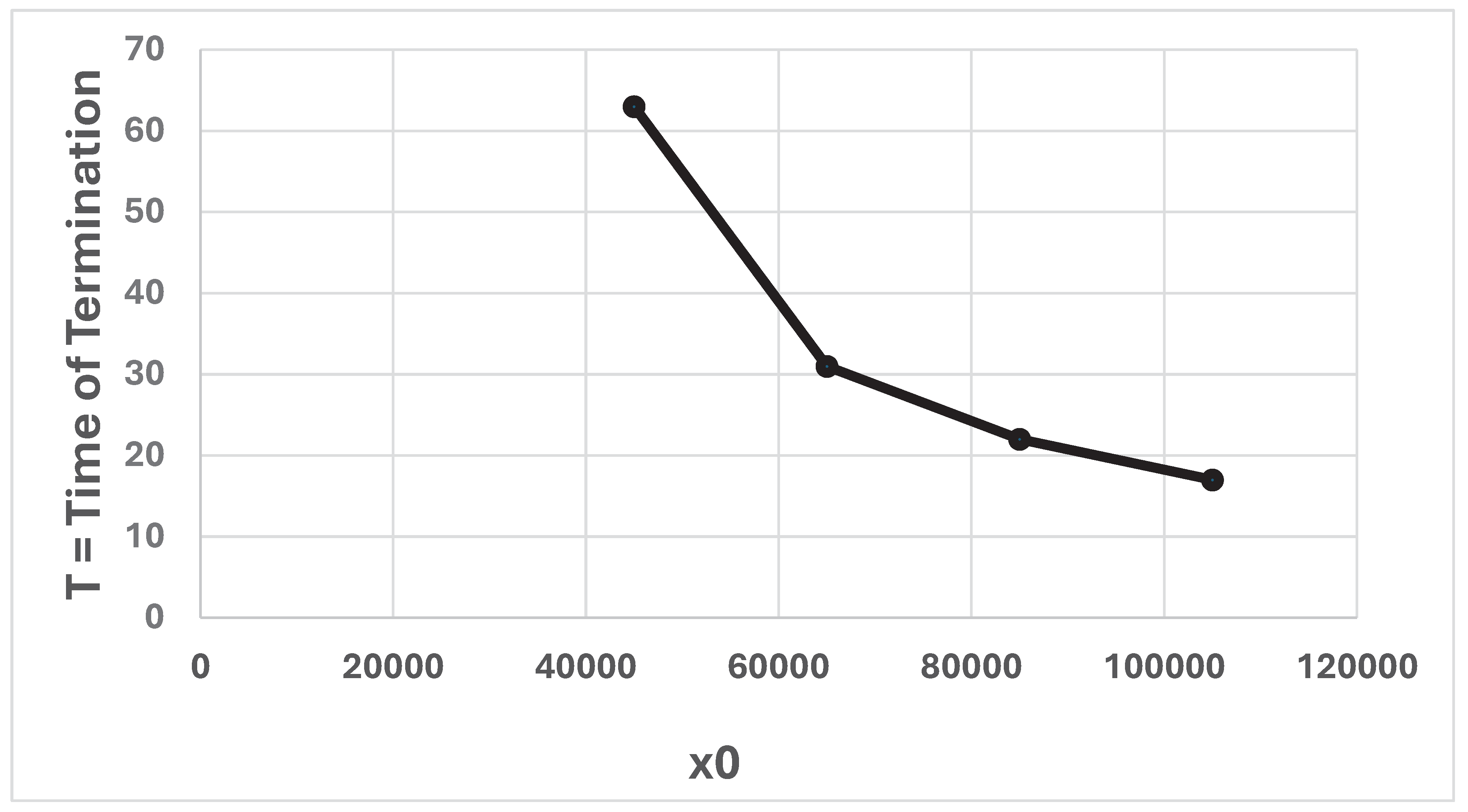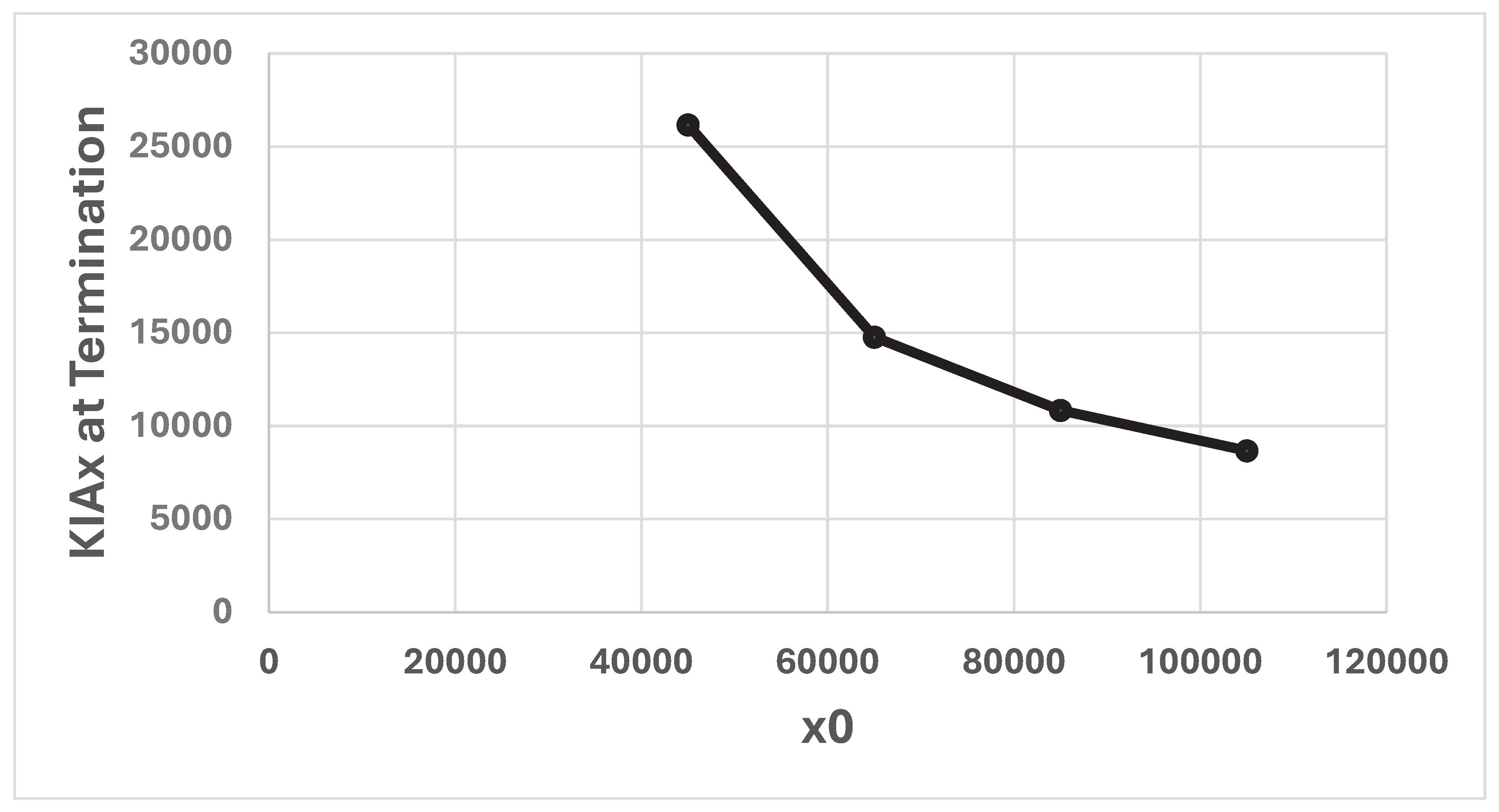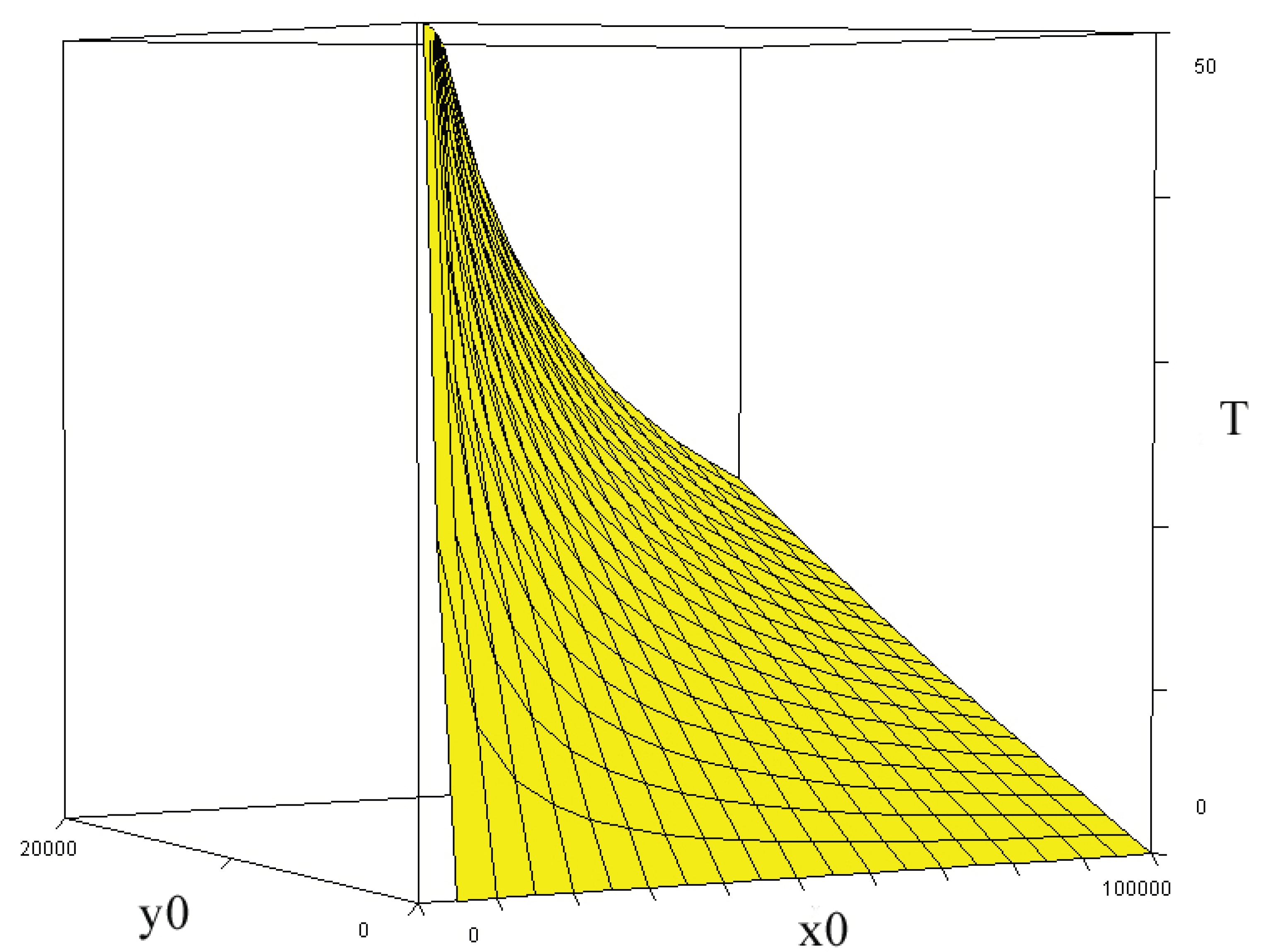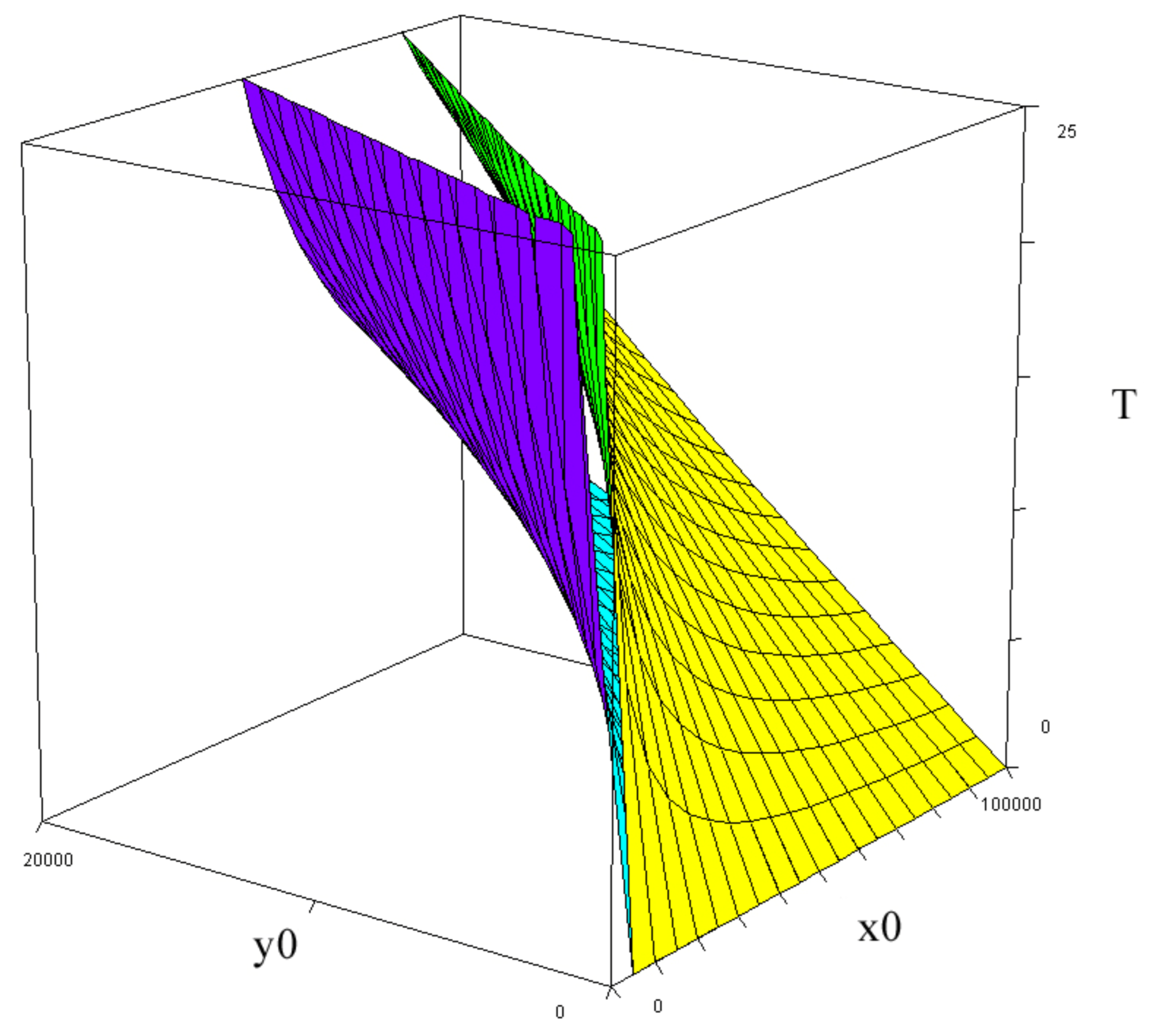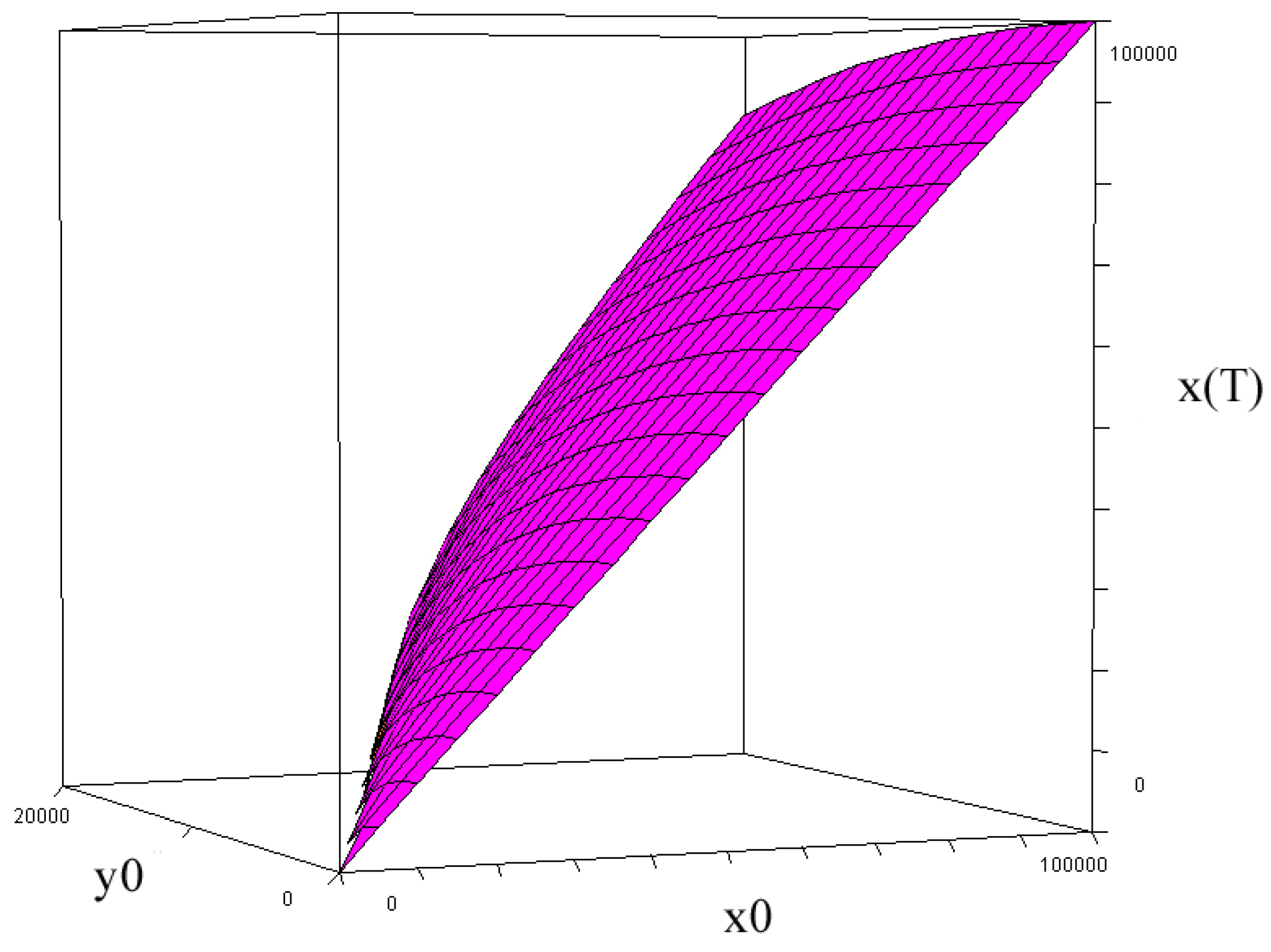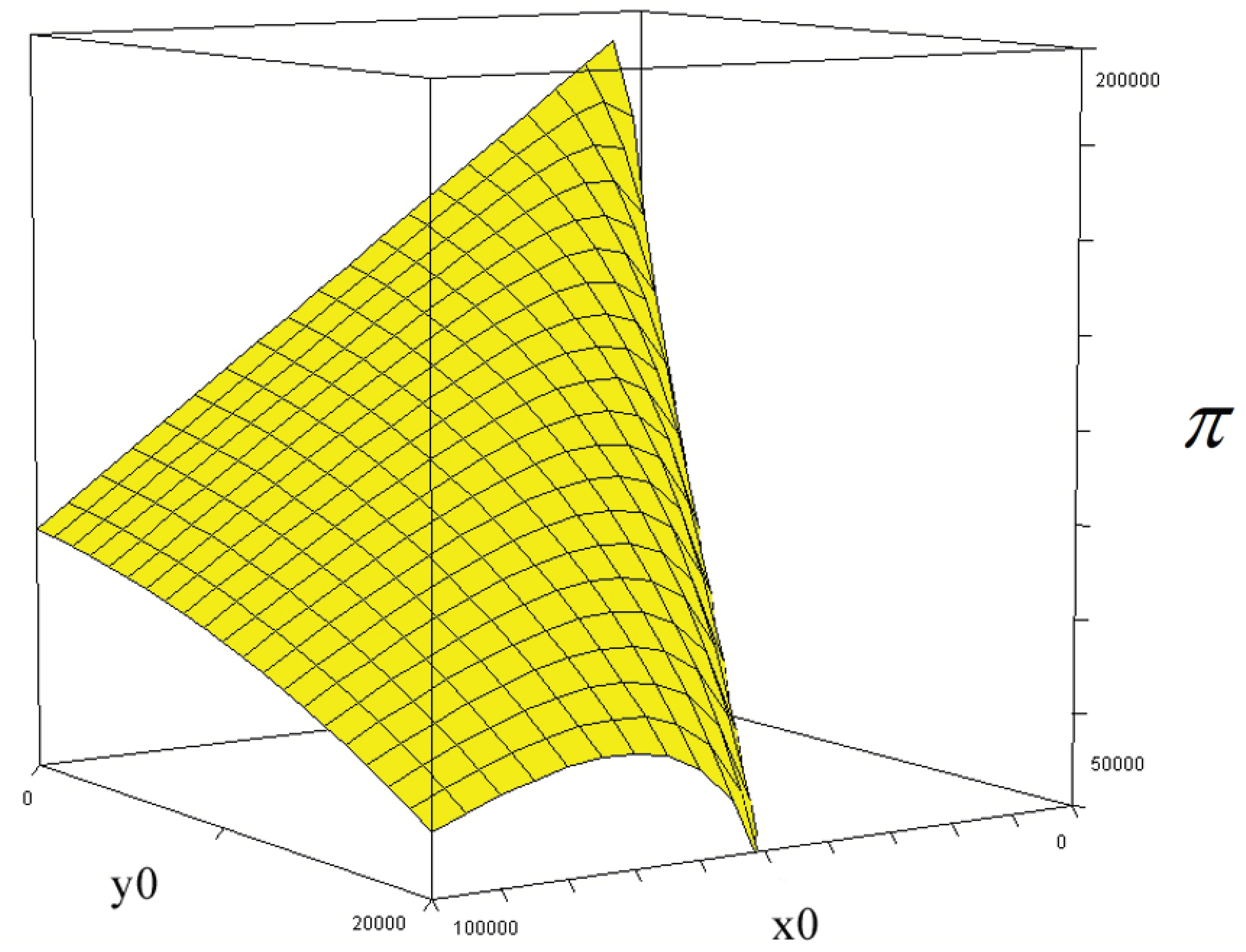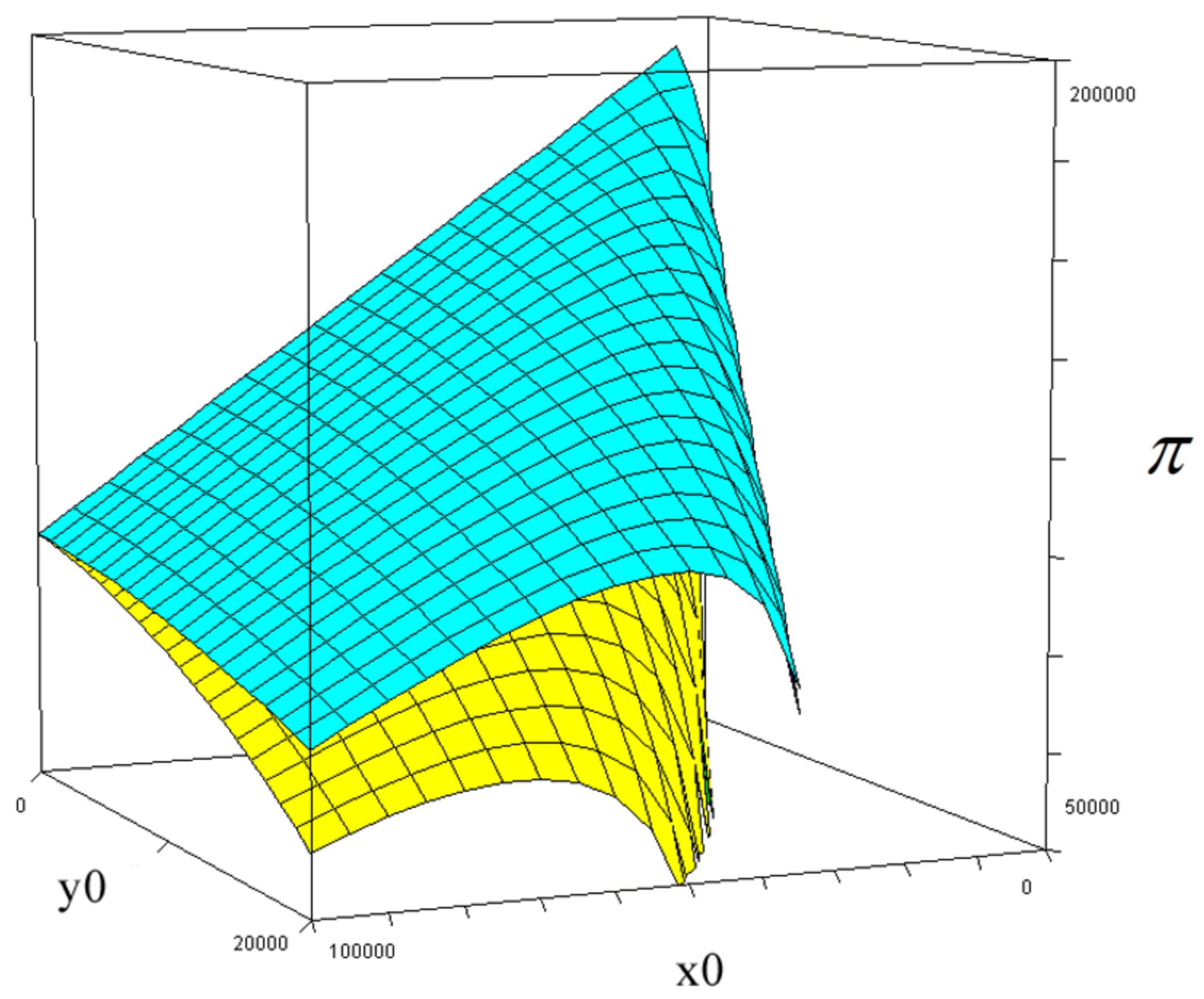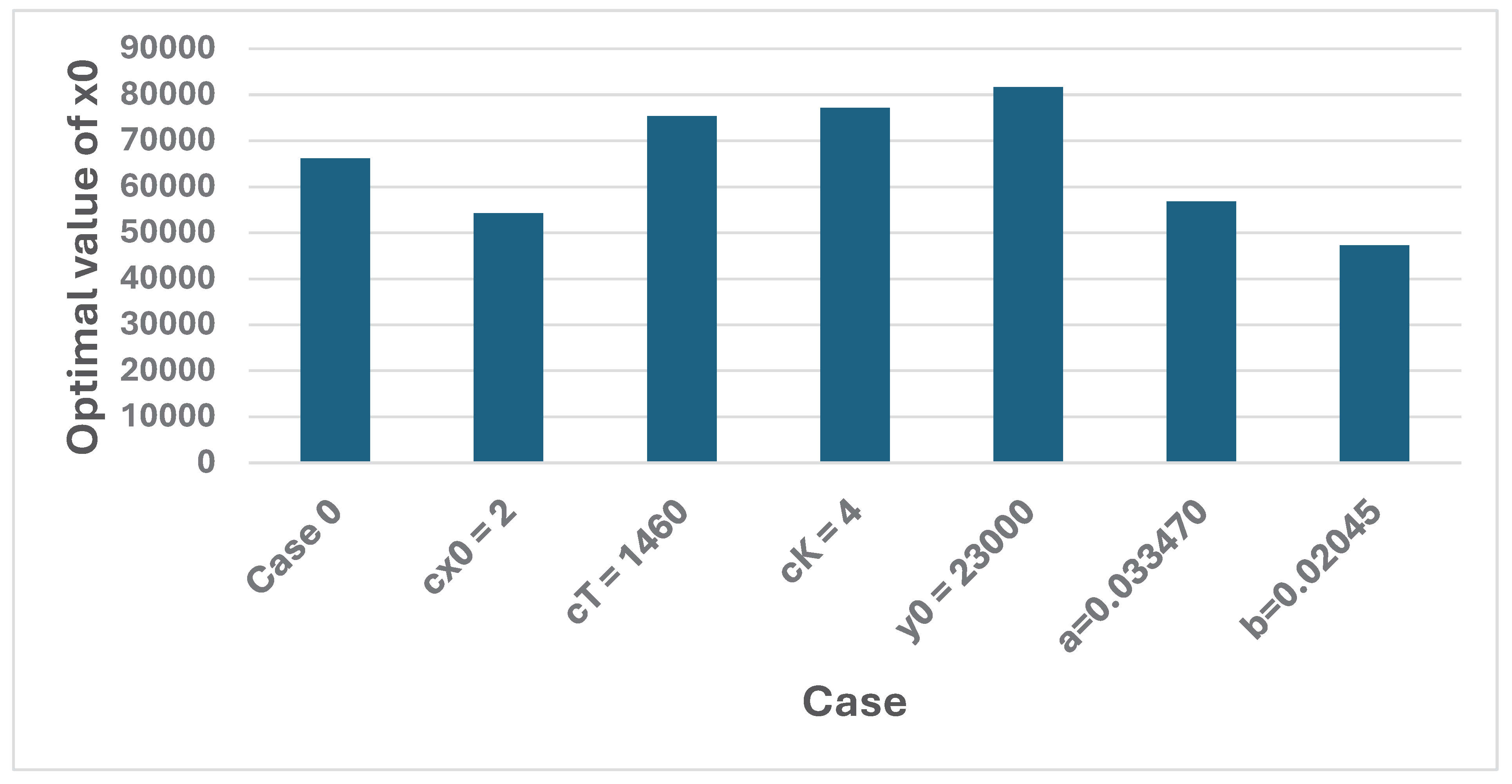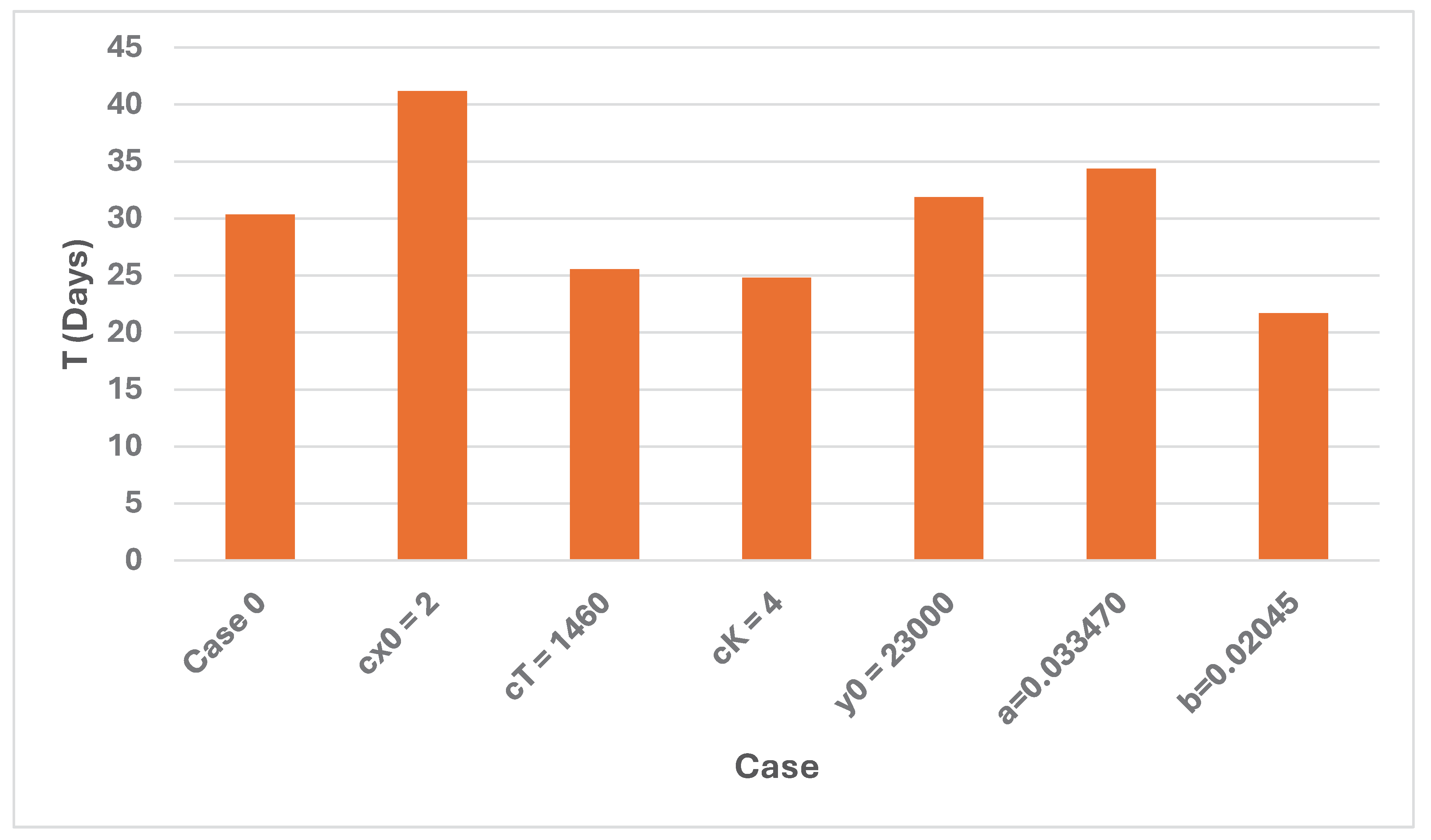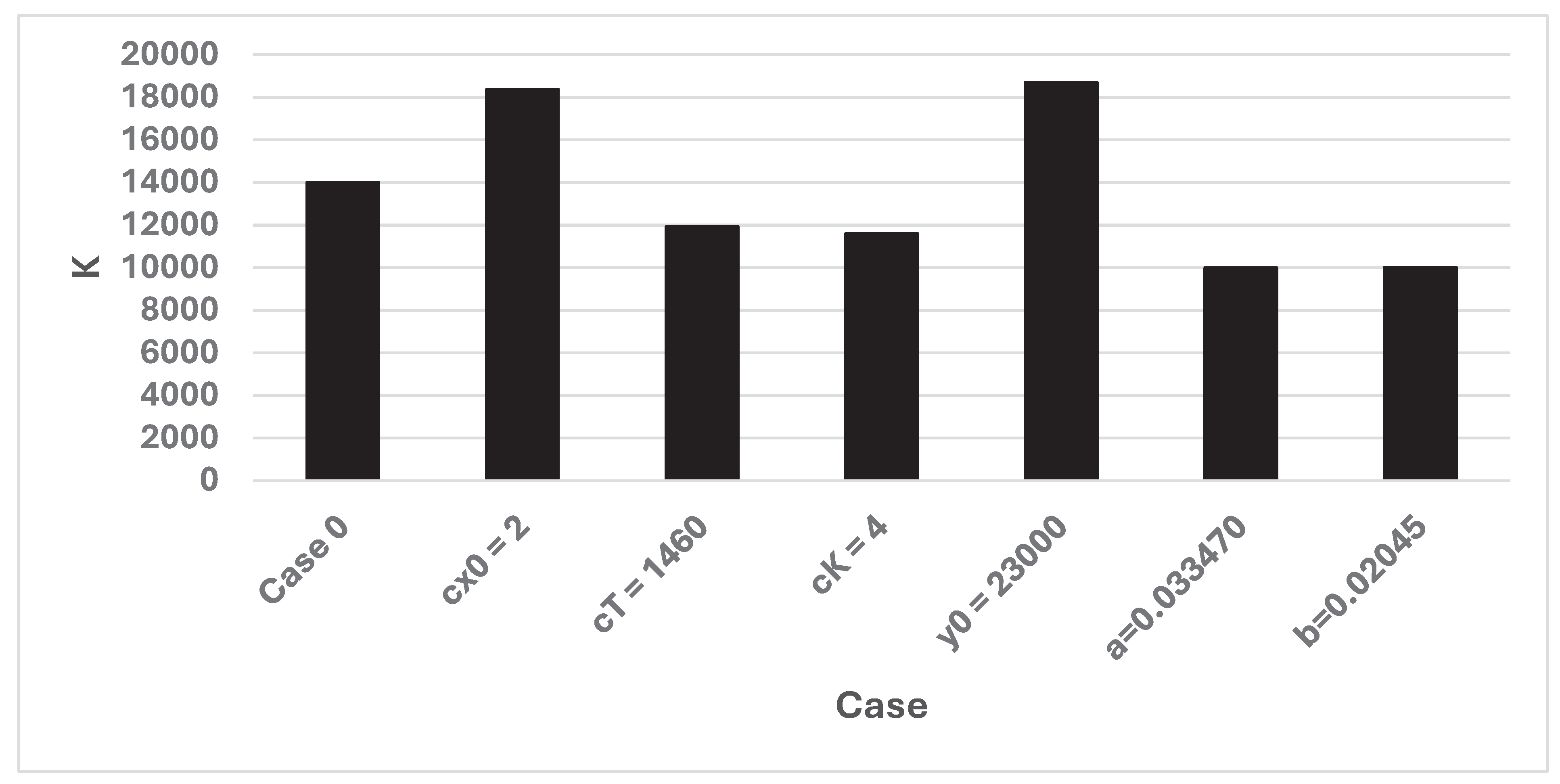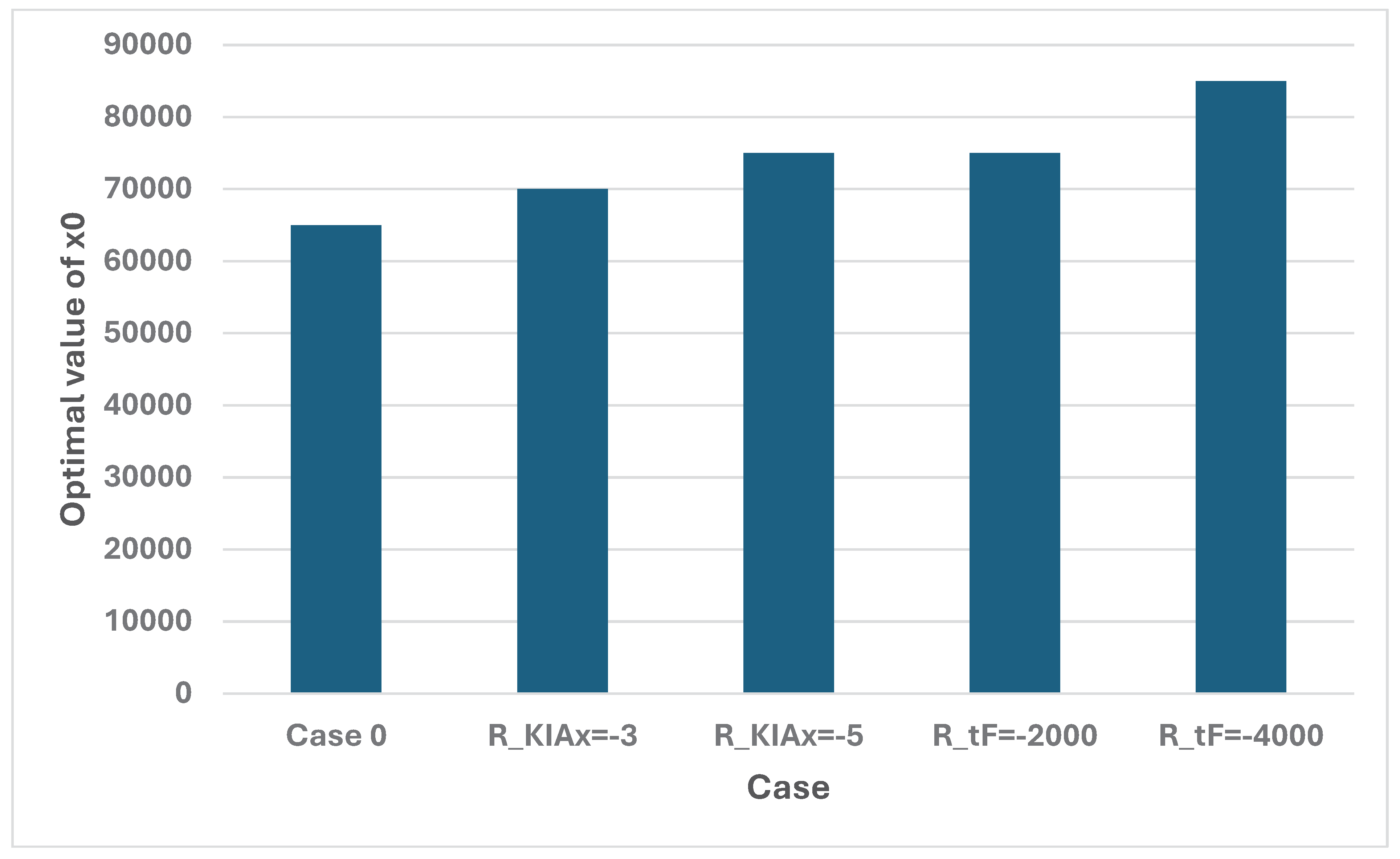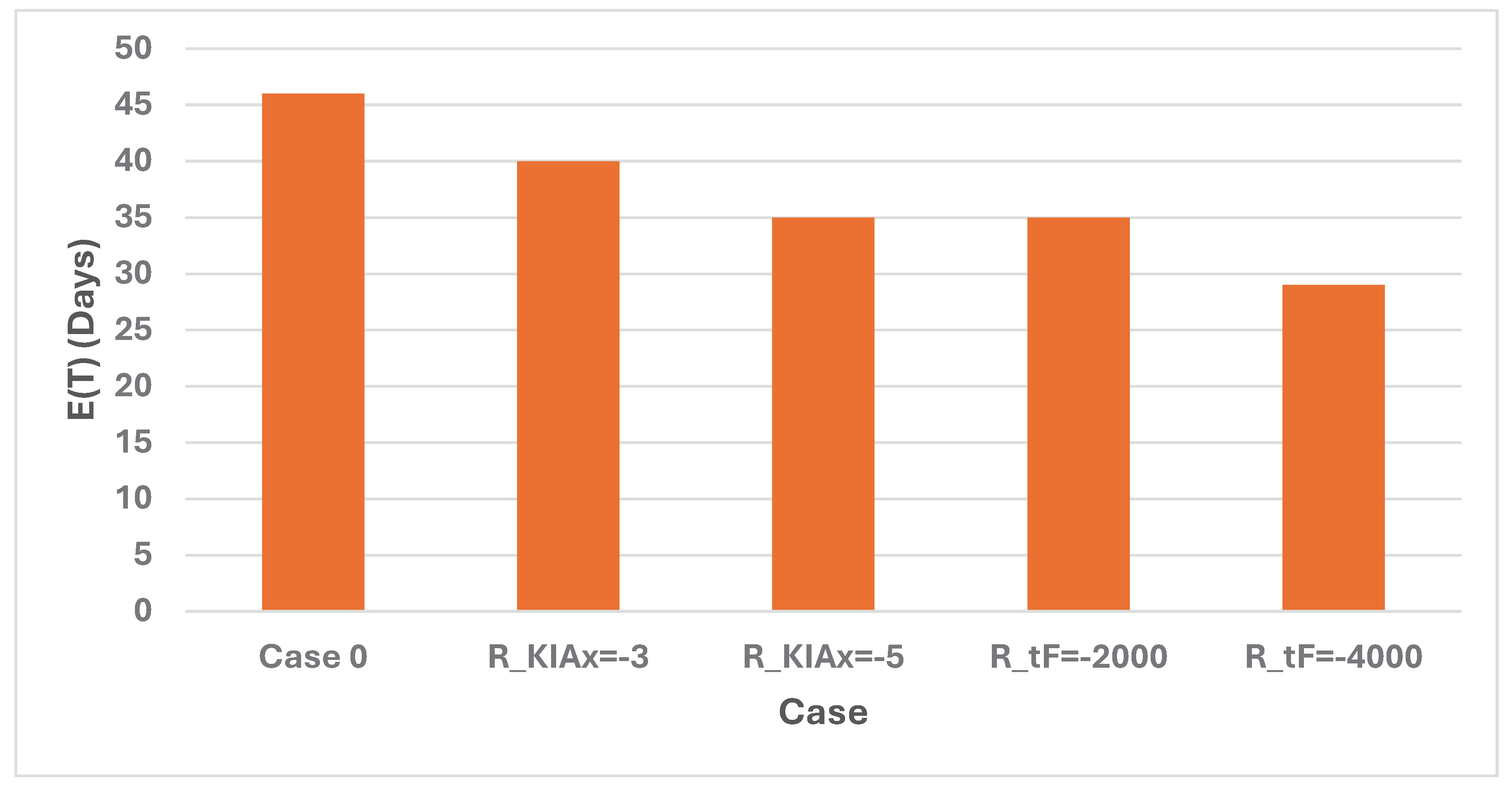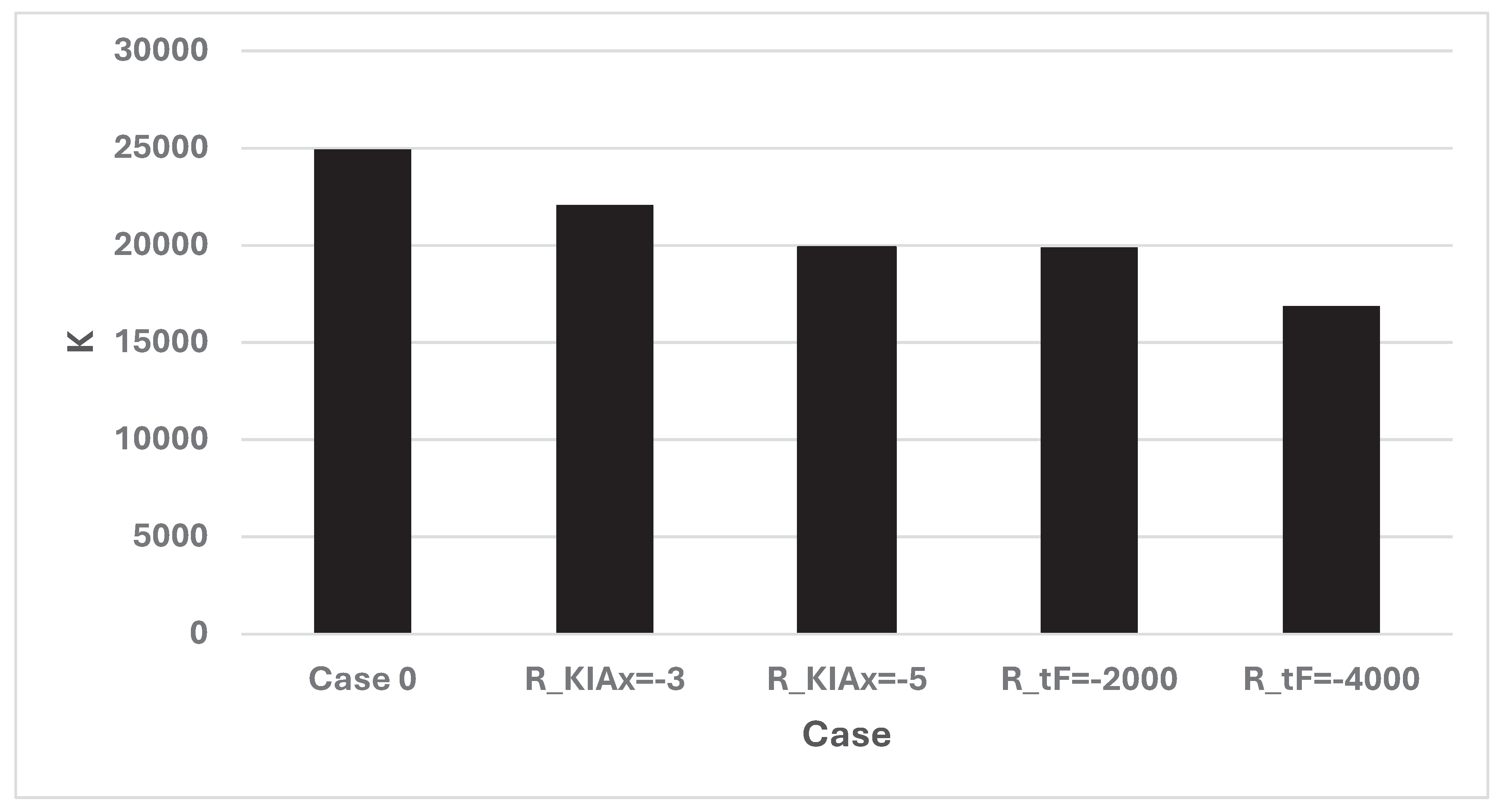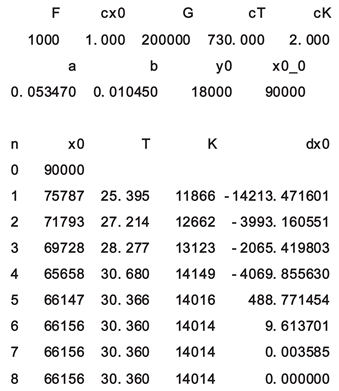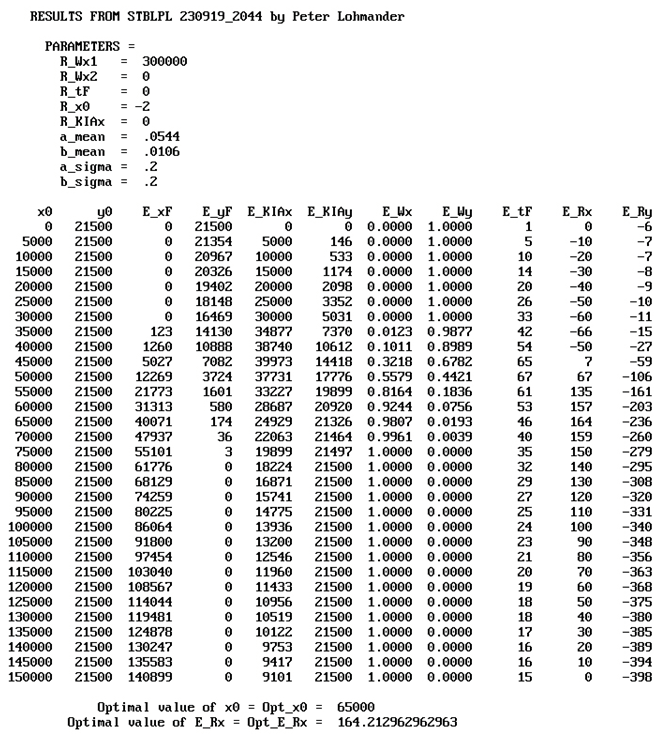1. Introduction
Competition can be observed in many different areas. In the domain of economics, we find competition between nations, in international trade theory, between companies, in market theory, and between individuals, in labor economics. Shatz (2020) gives a wide perspective on connected issues. Biological theory includes models of competition between different species, including many types of animals and plants. Compare the field covered by Ianelli and Pugliese (2014). Competition between nations and coalitions can also lead to wars and other conflicts. Relevant mathematical theories and examples are found in Washburn and Kress (2009). In all these kinds of competition, we find several interesting and relevant scientific questions, such as: How do the different parties in the competition affect the other parties? How will the system develop over time? Can some actors influence these competition situations and may optimal strategies be derived?
When scientific models are developed to describe, analyze, and manage the competition situations in economics, biology, and war science, it often turns out that the mathematical structure is very similar. In this study, we will focus on typical military problems. The general results and approaches can however be expected to be useful also in the fields of biology and economics. Wars are military conflicts, usually between nations. Sometimes, the participants belong to, or are cooperating with, other nations or coalitions. A recent study of how such wars can be modelled, and the strategies optimized, using optimal control theory, is Lohmander (2023). Key ingredients in that study are differential equations that show how the involved parties influence each other, via attrition warfare, and how the total war system can be controlled and optimized via external arms support. Wars can also be studied at lower levels of command and within more constrained geographical regions. Lohmander (2019a) and Lohmander (2019b) are two such examples.
In military operations research, the famous article by Lanchester (1916) is often used as a mathematical foundation. There, the general idea is that the sizes of two opposing forces, X and Y, change over time, according to principles expressed as two differential equations. One of these differential equation systems based on the principles of directed fire, which has often been found to fit empirical time series data from real battles, very well, states that the time derivative of the size of force X, is negative and proportional to the size of force Y. Furthermore, the time derivative of the size of force Y, is negative and proportional to the size of force X. In battles with aimed fire, the attrition of a force can under simplified assumptions be shown to be proportional to the number of enemies. Lanchester models for aimed fire are differential equation systems that can be applied to describe and derive the dynamics of such battles. Estimations of attrition coefficients, the force reductions per time unit, per unit of the enemy force, have been reported in the literature, based on time series data from historical battles. Engel (1954), Bracken (1995), Tam (1998), Hung et al (2005) and Stymfal (2022) include such applications and estimations of the Lanchester models based on real military time series from different battles. Braun (1993) describes some of the applied differential equations and approaches.
Relevant empirical data would ideally contain complete time series of the numbers of units of both forces. Sometimes, the time series are incomplete, and only the time series of one force is known. In some cases, the time series of one force is completely known, but only the initial and the final sizes of the enemy force are known. In earlier research, estimations of attrition coefficients have sometimes been made in discrete time, based on the observed time series data of one force, X, and the assumed and calculated time path of the size of the other force, Y. Such estimations have been made in several steps.
Mostly, deterministic models are approximations of a reality that is not perfectly predictable. Of course, this is true also in the present area of analysis. Rothschild and Stiglitz (1970) and (1971) define risk, and increasing risk, in mathematically convenient ways, which makes it possible to study how stochastic parameter variations affect variables, systems, and optimal decisions. Lohmander (1986) and (1988) combines and applies the risk definitions of Rothschild and Stiglitz (1970) and (1971) with the famous Jensen’s inequality, Jensen (1906), biological production functions, and price series of natural resources, via analytical stochastic dynamic programming, to show how increasing risk in market prices and growth processes dynamically affect optimal decision in biological production. In a similar way, stochastic parameters should be expected to influence the decisions and outcomes of dynamic competition, battles, and wars. This is also investigated and reported in this paper.
The literature related to the Lanchester differential equations, contains generalizations and modifications in different directions. Often, the motivation is rational decision support, such as determination of the optimal size of some military force. Some of these studies concern general mathematically derived principles and results, and other articles have real military decision problems in mind. An early article in this class is Taylor (1979). He investigates the initial force commitment problem in battles governed by Lanchester equations. He defines three different decision criteria, or objective functions, namely the victor’s loss, the loss ratio, and the loss difference. The analysis is based on general qualitative comparative statics methods, and the determination of the signs of partial derivatives. He finds that the optimal initial force commitment decision is sensitive to the decision criterion. From the perspective of economic theory, the conclusion that objective functions influence the optimal decisions, are not surprising. However, from an economic perspective, the articles choice of objective function seems arbitrary. If military missions should be economically rational, it is important to define costs and revenues as functions of possible military decisions, and to let these functions be used to define the objective function that governs the military decisions. The models and analyses in this this paper are created to optimize strategic decisions problems with explicit economic objectives in mind.
Another author that studies the optimal force structure, is Chan (2016). He focuses on the Lanchester square law, general findings from the battle of Trafalgar, and the quality and quantity of the Singapore defense forces. A key conclusion is that it is necessary to maintain high quality of the forces in peace time, since possible opponents may have large numbers of attacking units. Minguela-Castro et al (2021) presents a multi stage decision support model, for strategic military decision making. With such a structure, it is possible to adapt the forces to new information about the actions taken by the enemy and other possible events. The Battle of Crete, during World War II, is discussed in relation to the dynamic model. The objective function is based on the expected value of battle casualties and the fulfillment of the mission. Exactly how these objectives are combined is not clear to the reader. Obviously, the objective function is not defined in economic terms. Lystopadova and Khalaim (2023) give a general introduction to Lanchester differential equations and include some examples from the war during the years 2022 to 2024 in Ukraine. They write that dynamic force predictions can be made, based on the fire powers of the Russian and Ukrainian armies.
Some studies extend the Lanchester model system to cover multi front problems, optimal dynamic reinforcements, international cooperation, and combinations of units from the army, the navy and/or the air force. The optimal partitioning of available military defense resources to counter attacks in different fronts, with Lanchester dynamics, is studied by Sheeba and Ghose (2008). The decision problem is defined as a Time-Zero-Allocation problem, and analytical and numerical solutions are given. Chen and Qui (2014) investigate the optimal reinforcement problem. They apply Lanchester dynamics within a differential game model and derive optimal reinforcement strategies. Algorithm convergence results and numerical examples are included.
The Lanchester model can also be extended to handle cooperation between different players and endogenously optimized intelligence levels. This is done, via optimal control, by Hy et al (2020), in a study on optimal counter terrorism. Kostic and Jovanovic (2023) is a promising study from a methodological point of view. Different kinds of forces, such as air force and army, cooperate. During different phases of a war, they can cooperate in several ways. The system of differential equations is governed by Lanchester equations, but the set of equations changes at different points in time. This way, rather complicated dynamic strategies that involve different kinds of forces can be defined, studied, and rapidly optimized, with a simple mathematical structure and limited numerical and computational efforts. Of course, a sufficiently simple model structure, that makes it possible to easily communicate the general model ideas and results to the involved parties, and that also makes it quite clear how an objective function can be developed to cover the essential costs and revenues of the system, are all important to successful applications.
In several mathematical models, with fundamental links to the classical Lanchester system, partly new assumptions are introduced. The classical ordinary differential equations are replaced by partial differential equations and more dimensions, the number of parties in the conflicts increases, networks are introduced and perhaps even deterministic chaos appears. With such adjusted model assumptions, it is sometimes possible to illustrate, discuss and highlight several principles from classical military strategy. Often, however, such model developments make it difficult or impossible to find closed form solutions. Still, qualitative analysis may lead to some general qualitative results, and particular numerical specifications and iteration can be used to create examples and illustrations of typical solutions. Spradlin and Spradlin (2007) move away from the ordinary Lanchester differential equations to partial differential equations. With this approach, they do not only investigate the development of the system over time. The spatial distributions of the armies over the battlefield are simultaneously studied. Numerical simulations with this approach are reported.
Lanchester models usually handle two party conflicts. Kress et al (2018), however, extend the analysis to three party conflicts. The motivation includes conflicts in Syria, where, as they write, several parties have been involved, such as Russia, Turkey, Iran, al-Qaeda, Jabahat al Nusra, ISIS, the free Syrian army, Hezbollah, Kurds, and the Assad regime. The results are reported in phase portraits, that show regions where different parties can win the war. It is important to be aware that the study and the results are based on fixed force allocations. It is quite clear that other results can be obtained in case the different parties are allowed to adaptively change the behavior over time, as the situation develops. The authors conclude that, the possibility of temporary cooperation would lead to many challenges in a differential game setup. This is certainly true. It is also true that such a development of the dynamic multiplayer games seems necessary, if we are interested to understand and control the real and highly complicated conflicts in the region. Sometimes, it is interesting and important to generalize the Lanchester system to cover more strategy dimensions. Kalloniatis et al (2020) do that, via the development of a networked Lanchester model, with fire integration and manouvres. McCartney (2022) studies repeated battles with reinforcements. The reinforcements follow different principles, that can give different outcomes. With nonlinear reinforcements, we may obtain quasi-periodic behavior, deterministic chaos, and fractal partitioning. In our present world, the situation can in many regions be interpreted as chaotic. Maybe, models of this type are useful to model such phenomena.
The Lanchester differential equation system is a highly relevant and useful basis for qualified strategy optimization. Fundamental facts, such as sizes of forces and attrition coefficients, that determine the outcomes of conflicts, are used in a mathematically straight forward way. Without fundamental mathematical descriptions of the forces in action, logically defendable alternatives simply do not, and cannot, exist.
This study:
This study has the ambition to determine the optimal size of the military force to send to the battle field. This decision is optimized, based on an objective function, that considers the costs of deployment, the cost of the time it takes to win the battle, and the costs of killed and wounded soldiers with equipment. The optimal decisions are determined via analytical and numerical methods.
Step 1:
First the deterministic optimization problem is defined and solved, based on an economically specified objective function and explicit general solution of the ordinary Lanchester differential equation system. Comparative statics analysis, via differentiation, determines how the optimal decisions change under the influence of parameter changes. Then, the first order optimum condition and the Newton-Raphson method, are used to determine the optimal decisions, in a set of numerically specified cases. The method is illustrated via empirically estimated parameters from the Battle of Iwo Jima, during WW II.
Step 2:
Stochastic attrition coefficients are introduced, since these coefficients cannot generally be assumed to be perfectly known before battles start. The expected value of the total result, in economic terms, is optimized. Optimal decisions are determined, with consideration of the stochastic attrition parameters, in different numerically specified cases. The outcomes of the battles, such as the numbers of killed and wounded soldiers, and the time it takes before one party wins the battle, are affected by the stochastic attrition parameters, and cannot be perfectly predicted. It is important to be aware that, even if the optimal number of soldiers is sent to the battle, it is possible that the enemy wins the victory. It would simple be too costly to make sure that, whatever happens and whatever the attrition parameter values turn out to be, you will always win a possible battle. For this reason, a relevant objective function must be defined and calculated as a function of different kinds of decision dependent stochastic outcomes, including a decision dependent probability to win the battle.
2. Materials and Methods
This study concerns optimization of strategical military decisions. The perspective on the topic is as general as possible and the analysis is based on the famous Lanchester differential equations under the influence of directed, or aimed, fire, as illustrated in Equation (1). There we see how the state of the system,
, representing the sizes of two opposing forces, changes over time,
. The two parameters,
, are called attrition coefficients. Newtonian notation, with time derivatives marked by dots, is used.
In the later sections of this paper, general analytical methods are used to analyze and solve this equation system and the more complicated problem, where the solutions of the differential equation system (1) are used as subproblems within general strategy optimization problems. Since the differential equation system is a central component of the relevant strategy optimization problems, we start with a briefing on the properties of the system (1), based on fundamental methods, including qualitative analysis and simulation.
From (1), we construct (2).
Consider this special case: The time derivatives of the sizes of the resources, divided by the sizes of that resources, are equal. In such a case, the time path of (x, y) should follow a straight line in the first quadrant, moving towards origo. This is seen below. From (2) we get (3).
Equation (3) can be rewritten as (4).
From (4) we derive (5), which is consistent with the famous Lanchester square law. Compare Lanchester (1916).
From (5) we get (6), which leads to (7) and (8).
Figure 1 shows the time path of (x, y) in the special case, when Equation (5) holds. Note that (x, y) follows the time path in the direction of the arrows. The lengths of these arrows indicate how rapidly (x, y) moves. The arrows get shorter as we move towards origo. The reason is that the time derivative of x is proportional to -y, and the time derivative of y is proportional to -x. Compare (1). Hence, x and y are strictly decreasing functions of time. In fact, since (x, y) moves slower and slower, and the speed approaches zero, as (x, y) approaches origo, (x, y) never reaches origo. Compare Equations (9) and (10).
In
Figure 2, we find the time path of (x, y) in the special case, when bx
2=ay
2, as a function of the ratio b/a. The coefficients a and b may change for many different reasons. We may consider the following cases:
Case 1: A force with x units defends an area and another force with y units attacks the same area. If the defender prepares the defense efficiently, it is more difficult to reduce x, and easier to reduce y. In other words, a decreases and b increases. Compare the differential Equations (1). This means that the ratio b/a increases. Then, as
Figure 2 shows, the time path of the special case shifts from the black dotted line to red dotted line.
Case 2: A force with y units defends an area and another force with x units is attacking the same area. If the defender prepares the defense efficiently, it is more difficult to reduce y, and easier to reduce x. This means that one parameter, a, increases and the other, b, decreases. Compare the differential Equations (1). This means that the ratio b/a decreases. Then, as
Figure 2 shows, the time path of the special case moves from the black dotted line to the blue dotted line.
Deviations from the line
, imply that (x, y) will not converge towards origo. This is shown in
Figure 3. If we start at a point on the original time path (yellow), and let the value of x increase, we move to the blue point. Then, the adjusted time path of (x, y) will later reach a point on the x-axis, x
1. There, x > 0 and y = 0. If we start at a point on the original time path (yellow), but let the value of y increase, we move to the red point. Then, the new time path of (x,y) will reach a point on the y-axis, y
1. There, x = 0 and y > 0.
The results found in
Figure 4 follow from
Figure 3. T is the point in time when x or y equals zero. If (x,y) at some point in time, t, such that t<T, is found in the blue sector, then x(T)>0 and y(T)=0. If (x,y) at some point in time, t, such that t<T, is found in the red sector, then x(T)=0 and y(T)>0.
Now, we will investigate the dynamics of (x, y) when we use some well documented empirically determined parameters from a real case. Compare the studies of the battle of Iwo Jima, by Engel (1954), Braun (1993), Washburn and Kress (2009) and by Stymfal (2022). In this study, we consider the data and dynamics from day D+6, when all the US troops had landed on Iwo Jima, according to the definitions in Stymfal (2022). According to the empirical data, x
0 = 66150 and y
0 = 18000. In the different studies, the attrition coefficient estimates differ marginally. Here, we use these figures, very close to all reported estimates: a = 0.05347 and b = 0.01045. In this paper, x
0 is treated as a decision variable. Different ways to optimize x
0, and the optimal values of x
0 in different situations, will be determined. In the graph in
Figure 5, x
0 is assumed to be 65000.
Figure 6 shows the positions of (x, y) in the beginnings of each day, during the battle. In
Figure 7, the same values of (x, y) have been used to construct a continuous function.
Now, let us determine the initial value of x, x
0, that leads to the special case, bx
2=ay
2, based on the initial value of y, y
0 = 18000, and the parameters a = 0.05347 and b = 0.01045. See Equation (11). With that value of x
0, the time derivatives of the size of the resources, divided by the sizes of the resources, are equal. In that case, the time path of (x, y) follows a straight line in the first quadrant, moving towards origo.
In
Figure 8 we see how x(t) and y(t) develop over time, in case x
0 = 40716. The attrition coefficients have the same values as in
Figure 5. Note, in
Figure 8, how both resources decrease over time, and that the ratio x/y remains constant. In
Figure 5, y was reduced to zero at t = 31.
Figure 8, shows x and y during the first 100 days. They both approach zero, but will never reach zero. The conflict will continue forever.
In
Figure 9 and
Figure 10, we see that the point (x, y) really moves in a straight line towards origo, during the first 100 days. The sequence of points shows that the speed slows down. Consequently, (x, y) never reaches origo. The conflict continues forever.
If x
0 is reduced to 30000, which is less than 40716, as derived in Equation (11), the system develops quite differently. The
Figure 11,
Figure 12 and
Figure 13 show how x reaches zero when y still has a value close to 12000.
Clearly, we have seen that the initial value of x, x
0, strongly influences several things of importance to the decision makers. Consider two decision makers, BLUE and RED. BLUE is the commander of the x resources, and RED commands the y resources. BLUE is the defender and RED is a potential attacker.
Figure 4 can be used to determine the lowest value of x
0 that makes it possible to get a solution such that BLUE wins a potential conflict, in the sense that BLUE will have a strictly positive value of x after a conflict where RED has lost all resources, which means that y is zero. BLUE can also use Equation (7) directly, to determine a value of x, conditional on the observed value of y. Then, if x is marginally increased, BLUE will not be completely out of x resources after a potential conflict, as seen in
Figure 3. Hopefully, from the BLUE perspective, this fact can also stop RED from attacking BLUE.
In principle, it is possible to determine x
0 this way: Estimate the values of y, a and b. Then, use Equation (7) to determine a value of x, called x
2, that makes sure that we have a point on the time path leading to origo, found in
Figure 1. Then, let the value of x
0 be x
2 + x
3, where x
3 > 0 makes sure that we are in the safe BLUE region, according to
Figure 4. Of course, if we increase x
3, this generally costs money. During peace time, it is economically tempting to reduce the value of x
3 as much as possible. This has also been seen in several countries, during the period after World War II.
It is important to be aware that the reduction of x
3 does not only reduce the defense budget. The estimates of y, a and b may be too optimistic from the BLUE perspective. Then, with a too low value of x
3, and the true values of y, a and b, the system may move to the red region in
Figure 4. In other words, the probability that BLUE would not survive a possible war with RED increases, if a low value of x
3 is selected.
However, it is not likely that BLUE is only interested to “win” a possible war in the sense that some small number of the units x can survive a possible attack. The
Figure 5,
Figure 6,
Figure 7,
Figure 8,
Figure 9,
Figure 10,
Figure 11,
Figure 12 and
Figure 13 have clearly shown that BLUE can adjust the time it takes for a conflict to end, via the selection of x
0. The time it takes to stop a possible attack from RED is important in several ways. If a war goes on for a long time, this negatively influences the economically profitable production and trade. Furthermore, during a war, infrastructure and the environment are destroyed. Civilians are killed and wounded. Hence, it is important to determine how BLUE can reduce the time to stop the war, via the selection of x
0.
The number of killed and wounded soldiers should also be considered. It is important to determine how BLUE can reduce the number of destroyed resources, x, such as killed and wounded soldiers, via the selection of x0.
In the later parts of this paper, detailed analytical and numerical investigations of these effects and decisions are included. Here, some introductory simple examples are given, with different values of x
0. They show the time it takes to end a possible war, and the size of force reductions. In five different cases, found in
Figure 14, x
0 takes the values 30000, 40716, 45000, 52500 or 65000.
Note, in
Figure 14, that it is possible to calculate the total number of lost x resources, at different points in time. That kind of information is shown in
Figure 15. The total number of lost y resources, at different points in time, is shown in
Figure 16.
In
Figure 17, we see how the time of termination of a conflict, the point in time when the attacker RED has no more resources available, is affected by the value of x
0. Clearly, a conflict stops more rapidly in case BLUE selects a larger value of x
0.
In
Figure 18, we see how the number of lost resources, x, at the time of termination of a conflict, is affected by the value of x
0. Obviously, the number of resources, x, that are lost during the war, decreases if BLUE selects a larger value of x
0.
Formal analysis:
Briefing on this section:
The complete dynamics of the battle in continuous time is determined. First, the general solution to the Lanchester differential equation system, which is a homogenous second order differential equation system, is derived. This may be interpreted as a 2-dimensional Two Point Boundary Value Problem (TPBVP). Equation (12) corresponds to Equation (1), but also includes initial conditions.
We study the differential equation system (12). The state of the system,
, representing the sizes of the two opposing forces, changes over time,
. The two parameters,
, are called attrition coefficients. Newtonian notation, with time derivatives marked by dots, is used.
From (12.a), we get (13).
Differentiation of (13) with respect to time, gives (14).
(14) and (12.b) give (15). That can be rewritten as (16) and (17), which is a homogenous second order differential equation.
Let us assume that the functional form (18) is relevant. The parameters
are assumed to be strictly different from zero.
Then, the following procedure can be used to determine the state variable as an explicit function of time. Equations (17) and (18) give (19).
Equation (19) can be simplified to (20).
Equations (18) and (20) imply (21).
From the quadratic Equation (21), we obtain the solution (22).
Let
be defined according to (23).
Clearly, two solutions exist.
Observation:
, as we see in Equation (12), which means that there are two real roots. These roots have different values. Hence, the general solution of the differential equation is:
Furthermore, from (13) we already know that:
As a result, we get (27).
The expression (27) may be rewritten as (28).
Hence, the solution to the differential equation system (12) is given in (29).
To determine the time path we need to know the four parameters . We already know the initial value of . In this study, we are interested to determine the optimal value of . We want to be sure that we will win the battle, which means that and at a point in time, . This point in time, when the enemy has no more available resource, is denoted the terminal time.
From Equation (29), the initial conditions (30) and (31) follow:
The terminal conditions, (32) and (33), are also derived from Equation (29):
The nonlinear simultaneous equation system (34) must be satisfied. We assume that a feasible solution exists and that this solution is unique.
Determination of
:
From Cramer’s rule, we get:
Observations:
Two different proofs are given in the end of this paper that show that .
If , then reaches zero when . In that case, .
If , then reaches zero when . In that case, .
If (which is extremely unlikely), then and both converge to zero. Then, .
The case when is not further studied in this paper, since the probability of that case is practically zero.
Determination of T.
From now on, we only consider the case where
. Consequently,
reaches zero when
and
. Let us determine
as the point in time when
.
In
Figure 15, we see how the terminal time T is affected by the initial sizes of the two forces, when the attrition coefficients from Iwo Jima are used. In
Figure 16, it is demonstrated that the terminal time T is reduced, in case the attrition coefficient b increases.
Determination of the derivative of T with respect to x
0.
Determination of the second derivative of T with respect to x
0.
Determination of x
T via the function x(t) and the value of T when y
T = 0:
Alternative method to determine x
T:
Q.E.D.
In
Figure 17, we see how the size of the x force at the terminal time T is affected by the initial sizes of the two forces, when the attrition coefficients from Iwo Jima are used.
In Figure 17, we see the number of killed or wounded soldiers from the x force at the terminal time T, as a function of the initial sizes of the two forces, when the attrition coefficients from Iwo Jima are used.
Figure 18.
K(x0, y0) = x0 - xT(x0,y0). a = 0.05347, b = 0.01045. Compare Equation (83).
Figure 18.
K(x0, y0) = x0 - xT(x0,y0). a = 0.05347, b = 0.01045. Compare Equation (83).
In Figure 18, we see the number of killed or wounded soldiers from the x force at the terminal time T, as a function of the initial sizes of the two forces, when the attrition coefficients from Iwo Jima are used. We also see how the number of killer or wounded soldiers from the x force at the terminal time T, for different combinations of the initial sizes of the two forces, is affected in case the attrition coefficient b increases. If the coefficient b increases, a smaller number of soldiers from the x force are killed or wounded.
Figure 19.
K(x0, y0) = x0 - xT(x0,y0). a = 0.05347, b = 0.01045. (Purple). Compare Equation (83). K(x0, y0) = x0 - xT(x0,y0). a = 0.05347, b = 0.02045. (Yellow). Compare Equation (83).
Figure 19.
K(x0, y0) = x0 - xT(x0,y0). a = 0.05347, b = 0.01045. (Purple). Compare Equation (83). K(x0, y0) = x0 - xT(x0,y0). a = 0.05347, b = 0.02045. (Yellow). Compare Equation (83).
Determination of the derivative of x
T with respect to x
0 when y
T = 0:
Determination of the second derivative of x
T with respect to x
0 when y
T = 0:
Summary of important results
Economic optimization in the deterministic case:
Economic optimization of the deployment decision, is based on an objective function. This objective function is the sum of the possible revenues minus the different costs, that are consequences of the decision. In the first version of this optimization problem, the revenue associated with an instant victory, is denoted G. The maximization of such an objective function, denoted
, is presented in general form in Equation (102). The decision variable is the initial size of force x. The listed parameters are the attrition coefficients, a and b, the marginal cost of the time of the victory,
, the marginal cost of killed or wounded soldiers with equipment,
, and the initial size of force y.
A more explicit form of the objective function is found in Equation (103).
is the total cost of the
soldiers with equipment, sent to the battle field. It is important to be aware that this total cost includes the costs of military education, transport, and possible alternative values of utilization of the deployed soldiers. For instance, the soldiers could probably also have been used in industrial production, or in some other way, if they would not have been sent to this particular battle field. Furthermore, it could also have been possible to send some of them to some other battle field.
Equation (104) is an even more explicit form of the objective function.
The
Figure 20 and
Figure 21 illustrate the objective function (104) as a function of the initial sizes of the two forces. The functions and values in
Figure 20 are: C(x
0) = 1000 + 1x
0, G = 200000, c
T = 730 and c
xT =2. a = 0.05347, b = 0.01045. The attrition coefficients are collected from the empirical estimations based on the Battle of Iwo Jima. Compare
Figure 5 and Stymfal (2022).
Motivation for the introduced parameter values, used in CASE 0:
The two parameters in the function C(x0), G, cT and cxT have no documented empirical background. In fact, it is not even clear that these parameter values have ever been empirically determined, decided, or documented in connection to the real battle. Still, since the values of these parameters are necessary to know, in case we should be able to optimize the deployment decision x0, in a logically defendable manner, with consideration of the economically relevant conditions present in the objective function (104), these numerically specified parameter values are now suggested. We assume that the unit of the objective function is M$US, in the price level of 2024.
First, we should be aware that fix costs and fix revenues do not affect the optimal deployment decision, as long as the optimal deployment decision is strictly positive. The fix cost parameter in is 1000, which represents 1billion $US. The marginal cost of one soldier in is 1 M$US, which may be reasonable with consideration of the fact that the economic value of alternative use of one person in the labor force, plus several other costs, may be considerable. The value of G, 200 billion $US, represents the value of instant access to the island Iwo Jima, during the end of WW II. This island was very important during the final part of the war, but the economic value G was probably never calculated. The parameter cT shows how rapidly the value of access to the island declines, per day, when we wait for the victory. With the suggested parameter value, the economic value of access to the island would be 0 after 274 days, or 9 months. Hence, each month, the economic value of access to the island falls with approximately 11% of the value of instant access to the island. The economic value of each lost killed or wounded soldier, with equipment, cxT, is assumed to be set to 2 M$US. Such economically defined values, of lost lives, are almost never reported. Still, such values are necessary parameters, when the optimal deployment problem should be solved. The reader is encouraged to search for empirically estimated parameters of the types that now have been introduced. If new values are found, the updated complete analysis may be repeated.
In
Figure 21, we see how the objective function (104) is affected, in case the attrition coefficient b increases. Then, the objective function of the x force commander, increases. Furthermore, the optimal value of x
0 decreases.
A unique maximum:
First order optimum condition:
Hence, the solution of the first order optimum condition represents a unique maximum of the objective function.
Comparative statics analysis:
Now, we determine how parameter changes affect the optimal deployment decision:
With comparative statics analysis, we see how the optimum is maintained when different possible parameter changes take place. First, the cost per day of the battle is adjusted. The first order optimum condition is differentiated with respect to the optimal value of
, denoted
, and
:
Hence, if the cost per day before the victory increases, then the optimal deployment level increases. This is understandable, since the process will end more rapidly if the initial number of units is larger.
The result shows that if the cost per unit of killed or wounded troops with equipment increases, then the optimal deployment level increases. This is understandable, since the number of surviving units is an increasing function of the initial number of units.
Hence, if the attrition coefficient a increases, then the optimal deployment increases.
Hence, if the attrition coefficient b increases, then the optimal deployment decreases. This is also illustrated in
Figure 21.
Figure 1.
The time path of (x, y) in the special case, when bx2=ay2.
Figure 1.
The time path of (x, y) in the special case, when bx2=ay2.
Figure 2.
The time path of (x,y) in the special case, when bx2=ay2, is a function of the ratio b/a. The graph shows how the time path changes if the ratio b/a increases or decreases.
Figure 2.
The time path of (x,y) in the special case, when bx2=ay2, is a function of the ratio b/a. The graph shows how the time path changes if the ratio b/a increases or decreases.
Figure 3.
Deviations from the line , imply that (x, y) will not converge to origo.
Figure 3.
Deviations from the line , imply that (x, y) will not converge to origo.
Figure 4.
Deviations from the line , imply that (x, y) will not converge to origo. T is the point in time when x or y equals zero. If (x, y) at some point in time, t, such that t<T, is found in the blue sector, then x(T)>0 and y(T)=0. If (x, y) at some point in time, t, such that t<T, is found in the red sector, then x(T)=0 and y(T)>0.
Figure 4.
Deviations from the line , imply that (x, y) will not converge to origo. T is the point in time when x or y equals zero. If (x, y) at some point in time, t, such that t<T, is found in the blue sector, then x(T)>0 and y(T)=0. If (x, y) at some point in time, t, such that t<T, is found in the red sector, then x(T)=0 and y(T)>0.
Figure 5.
x(t) and y(t), for t = 0, 1, …, 31. t = time (days), (x0, y0) = (65000, 18000). a = 0.05347 and b = 0.01045. The graph is constructed via a discrete time approximation of the differential equation system (1). Each time step represents one day (24 hours). Time t = 0 corresponds to time D+6, when all US troops had landed on Iwo Jima, in Stymfal (2022).
Figure 5.
x(t) and y(t), for t = 0, 1, …, 31. t = time (days), (x0, y0) = (65000, 18000). a = 0.05347 and b = 0.01045. The graph is constructed via a discrete time approximation of the differential equation system (1). Each time step represents one day (24 hours). Time t = 0 corresponds to time D+6, when all US troops had landed on Iwo Jima, in Stymfal (2022).
Figure 6.
(x(t), y(t)), for t = 0, 1, …, 31, in case (x0, y0) = (65000, 18000), a = 0.05347 and b = 0.01045. The graph is constructed via a discrete time approximation of the differential equation system (1). Each time step represents one day (24 hours). Note that the distances between the neighbor points decreases as T increases.
Figure 6.
(x(t), y(t)), for t = 0, 1, …, 31, in case (x0, y0) = (65000, 18000), a = 0.05347 and b = 0.01045. The graph is constructed via a discrete time approximation of the differential equation system (1). Each time step represents one day (24 hours). Note that the distances between the neighbor points decreases as T increases.
Figure 7.
Continuous time path of (x(t), y(t)). (x0, y0) = (65000, 18000), a = 0.05347 and b = 0.01045. The graph is constructed via a discrete time approximation of the differential equation system (1).
Figure 7.
Continuous time path of (x(t), y(t)). (x0, y0) = (65000, 18000), a = 0.05347 and b = 0.01045. The graph is constructed via a discrete time approximation of the differential equation system (1).
Figure 8.
x(t) and y(t), for t = 0, 1, …, 100. t = time (days), (x0, y0) = (40716, 18000). a = 0.05347 and b = 0.01045. The graph is constructed via a discrete time approximation of the differential equation system (1). Each time step represents one day (24 hours). .
Figure 8.
x(t) and y(t), for t = 0, 1, …, 100. t = time (days), (x0, y0) = (40716, 18000). a = 0.05347 and b = 0.01045. The graph is constructed via a discrete time approximation of the differential equation system (1). Each time step represents one day (24 hours). .
Figure 9.
(x(t), y(t)), for t = 0, 1, …, 100. t = time (days), (x0, y0) = (40716, 18000). a = 0.05347 and b = 0.01045. The graph is constructed via a discrete time approximation of the differential equation system (1). Each time step represents one day (24 hours). .
Figure 9.
(x(t), y(t)), for t = 0, 1, …, 100. t = time (days), (x0, y0) = (40716, 18000). a = 0.05347 and b = 0.01045. The graph is constructed via a discrete time approximation of the differential equation system (1). Each time step represents one day (24 hours). .
Figure 10.
A continuous time approximation of (x(t), y(t)), for 0 < t < 100. t = time (days), (x0, y0) = (40716, 18000). a = 0.05347 and b = 0.01045.
Figure 10.
A continuous time approximation of (x(t), y(t)), for 0 < t < 100. t = time (days), (x0, y0) = (40716, 18000). a = 0.05347 and b = 0.01045.
Figure 11.
x(t) and y(t), for t = 0, 1, …, 39. t = time (days), (x0, y0) = (30000, 18000). a = 0.05347 and b = 0.01045. The graph is constructed via a discrete time approximation of the differential equation system (1).
Figure 11.
x(t) and y(t), for t = 0, 1, …, 39. t = time (days), (x0, y0) = (30000, 18000). a = 0.05347 and b = 0.01045. The graph is constructed via a discrete time approximation of the differential equation system (1).
Figure 12.
(x(t), y(t)), for t = 0, 1, …, 39. (x0, y0) = (30000, 18000). a = 0.05347 and b = 0.01045. The graph is constructed via a discrete time approximation of the differential equation system (1).
Figure 12.
(x(t), y(t)), for t = 0, 1, …, 39. (x0, y0) = (30000, 18000). a = 0.05347 and b = 0.01045. The graph is constructed via a discrete time approximation of the differential equation system (1).
Figure 13.
A continuous time approximation of (x(t), y(t)), for 0 < t < 39. t = time (days), (x0, y0) = (30000, 18000). a = 0.05347 and b = 0.01045. The graph is constructed via a discrete time approximation of the differential equation system (1).
Figure 13.
A continuous time approximation of (x(t), y(t)), for 0 < t < 39. t = time (days), (x0, y0) = (30000, 18000). a = 0.05347 and b = 0.01045. The graph is constructed via a discrete time approximation of the differential equation system (1).
Figure 14.
(x(t), y(t)), for t = 0, 1, …, T. t = time (days), T is the point in time when one of the variables x or y, takes the value zero. a = 0.05347 and b = 0.01045. y0 = 18000. In the five different cases, x0 takes the value 30000, 40716, 45000, 52500 or 65000. The graph is constructed via a discrete time approximation of the differential equation system (1).
Figure 14.
(x(t), y(t)), for t = 0, 1, …, T. t = time (days), T is the point in time when one of the variables x or y, takes the value zero. a = 0.05347 and b = 0.01045. y0 = 18000. In the five different cases, x0 takes the value 30000, 40716, 45000, 52500 or 65000. The graph is constructed via a discrete time approximation of the differential equation system (1).
Figure 15.
KIAx denotes the total number of lost x resources, at different points in time, t, until t = T. T is the point in time, when y(T) = 0. KIAx(x0/1000) = x0 – x(t). a = 0.05347 and b = 0.01045. y0 = 18000. In the four different cases, x0 takes the value 45000, 65000, 85000, or 105000. The graph is constructed via a discrete time approximation of the differential equation system (1).
Figure 15.
KIAx denotes the total number of lost x resources, at different points in time, t, until t = T. T is the point in time, when y(T) = 0. KIAx(x0/1000) = x0 – x(t). a = 0.05347 and b = 0.01045. y0 = 18000. In the four different cases, x0 takes the value 45000, 65000, 85000, or 105000. The graph is constructed via a discrete time approximation of the differential equation system (1).
Figure 16.
KIAy is the total number of lost y resources, at different points in time, t, until t = T. T is the point in time when y(T) = 0. KIAy(x0/1000) = y0 – y(t). a = 0.05347 and b = 0.01045. In all cases, y0 = 18000. In the four different cases, x0 takes the value 45000, 65000, 85000, or 105000. The graph is constructed via a discrete time approximation of the differential equation system (1).
Figure 16.
KIAy is the total number of lost y resources, at different points in time, t, until t = T. T is the point in time when y(T) = 0. KIAy(x0/1000) = y0 – y(t). a = 0.05347 and b = 0.01045. In all cases, y0 = 18000. In the four different cases, x0 takes the value 45000, 65000, 85000, or 105000. The graph is constructed via a discrete time approximation of the differential equation system (1).
Figure 17.
T, the time of termination, is the point in time, when y(T) = 0. a = 0.05347 and b = 0.01045. y0 = 18000. In the four different cases, x0 takes the value 45000, 65000, 85000, or 105000. The graph is constructed via a discrete time approximation of the differential equation system (1).
Figure 17.
T, the time of termination, is the point in time, when y(T) = 0. a = 0.05347 and b = 0.01045. y0 = 18000. In the four different cases, x0 takes the value 45000, 65000, 85000, or 105000. The graph is constructed via a discrete time approximation of the differential equation system (1).
Figure 18.
KIAx at termination is the total number of lost x resources, at time t = T. T is the point in time, when y(T) = 0. a = 0.05347 and b = 0.01045. y0 = 18000. In the four different cases, x0 takes the value 45000, 65000, 85000, or 105000. The graph is constructed via a discrete time approximation of the differential equation system (1).
Figure 18.
KIAx at termination is the total number of lost x resources, at time t = T. T is the point in time, when y(T) = 0. a = 0.05347 and b = 0.01045. y0 = 18000. In the four different cases, x0 takes the value 45000, 65000, 85000, or 105000. The graph is constructed via a discrete time approximation of the differential equation system (1).
Figure 15.
T(x0, y0). a = 0.05347, b = 0.01045. Compare Equation (51).
Figure 15.
T(x0, y0). a = 0.05347, b = 0.01045. Compare Equation (51).
Figure 16.
T(x0, y0). a = 0.05347, b = 0.01045. (Yellow and green). T(x0, y0). a = 0.05347, b = 0.02045. (Purple and turquoise). Compare Equation (51).
Figure 16.
T(x0, y0). a = 0.05347, b = 0.01045. (Yellow and green). T(x0, y0). a = 0.05347, b = 0.02045. (Purple and turquoise). Compare Equation (51).
Figure 17.
xT(x0,y0). a = 0.05347, b = 0.01045. Compare Equation (83).
Figure 17.
xT(x0,y0). a = 0.05347, b = 0.01045. Compare Equation (83).
Figure 20.
The objective function in Equation (104), as a function of the initial sizes of the two forces. Parameters: C(x0) = 1000 + 1x0, G = 200000, cT = 730 and cxT =2. a = 0.05347, b = 0.01045. The graph illustrates that the optimal value of x0 is an increasing function of y0. Furthermore, the optimal value of the objective function of the commander of force x, is a decreasing function of the initial size of the force y. Clearly, if the value y0 would have a much larger value than 20000, as illustrated in the graph, the maximum of the objective function value, would be strictly negative. Then, the optimal decision of the commander of the x forces would be not to participate in the battle at all.
Figure 20.
The objective function in Equation (104), as a function of the initial sizes of the two forces. Parameters: C(x0) = 1000 + 1x0, G = 200000, cT = 730 and cxT =2. a = 0.05347, b = 0.01045. The graph illustrates that the optimal value of x0 is an increasing function of y0. Furthermore, the optimal value of the objective function of the commander of force x, is a decreasing function of the initial size of the force y. Clearly, if the value y0 would have a much larger value than 20000, as illustrated in the graph, the maximum of the objective function value, would be strictly negative. Then, the optimal decision of the commander of the x forces would be not to participate in the battle at all.
Figure 21.
The objective function in Equation (104), as a function of the initial sizes of the two forces, with alternative values of the attrition coefficient “b”. Attrition coefficients: Yellow: a = 0.05347, b = 0.01045, Turquoise: a = 0.05347, b = 0.02045. Other functions and parameters: C(x) = 1000 + 1x, G = 200000, cT = 730 and cxT =2. The graph illustrates that the objective function value of the commander of the x forces is an increasing function of the attrition coefficient b, and that the optimal number of units x to send to the battle field is a decreasing function of b, for all possible sizes of the enemy force, if the optimal decision x0 is strictly positive.
Figure 21.
The objective function in Equation (104), as a function of the initial sizes of the two forces, with alternative values of the attrition coefficient “b”. Attrition coefficients: Yellow: a = 0.05347, b = 0.01045, Turquoise: a = 0.05347, b = 0.02045. Other functions and parameters: C(x) = 1000 + 1x, G = 200000, cT = 730 and cxT =2. The graph illustrates that the objective function value of the commander of the x forces is an increasing function of the attrition coefficient b, and that the optimal number of units x to send to the battle field is a decreasing function of b, for all possible sizes of the enemy force, if the optimal decision x0 is strictly positive.
Figure 22.
The optimal values of x0, according to Numerical model 1, in alternative cases.
Figure 22.
The optimal values of x0, according to Numerical model 1, in alternative cases.
Figure 23.
The optimal values of T, the day of the victory, according to Numerical model 1, in alternative cases.
Figure 23.
The optimal values of T, the day of the victory, according to Numerical model 1, in alternative cases.
Figure 24.
The optimal values of K, the number of killed and wounded soldiers, according to Numerical model 1, in alternative cases.
Figure 24.
The optimal values of K, the number of killed and wounded soldiers, according to Numerical model 1, in alternative cases.
Figure 25.
The optimal values of x0, according to Numerical model 2, in alternative cases.
Figure 25.
The optimal values of x0, according to Numerical model 2, in alternative cases.
Figure 26.
The optimal expected values of E(T), the day of the victory, according to Numerical model 2, in alternative cases.
Figure 26.
The optimal expected values of E(T), the day of the victory, according to Numerical model 2, in alternative cases.
Figure 27.
The optimal expected values of K, (= KIAx), the number of killed and wounded soldiers, according to Numerical model 2, in alternative cases.
Figure 27.
The optimal expected values of K, (= KIAx), the number of killed and wounded soldiers, according to Numerical model 2, in alternative cases.
Table 1.
Output from Numerical Model 1, Case 0.
Table 1.
Output from Numerical Model 1, Case 0.
Table 2.
Output from Numerical Model 2, Case 0.
Table 2.
Output from Numerical Model 2, Case 0.
